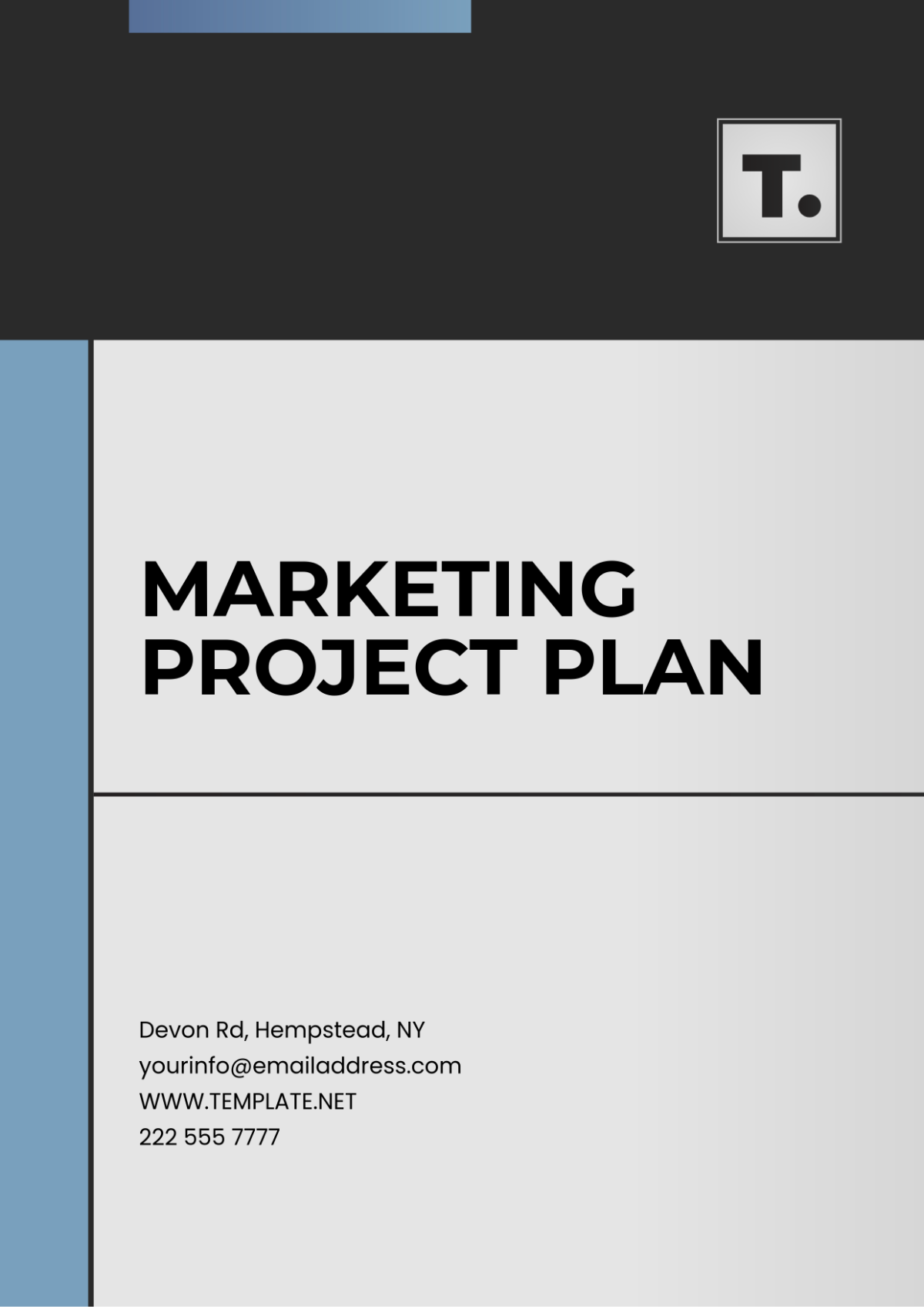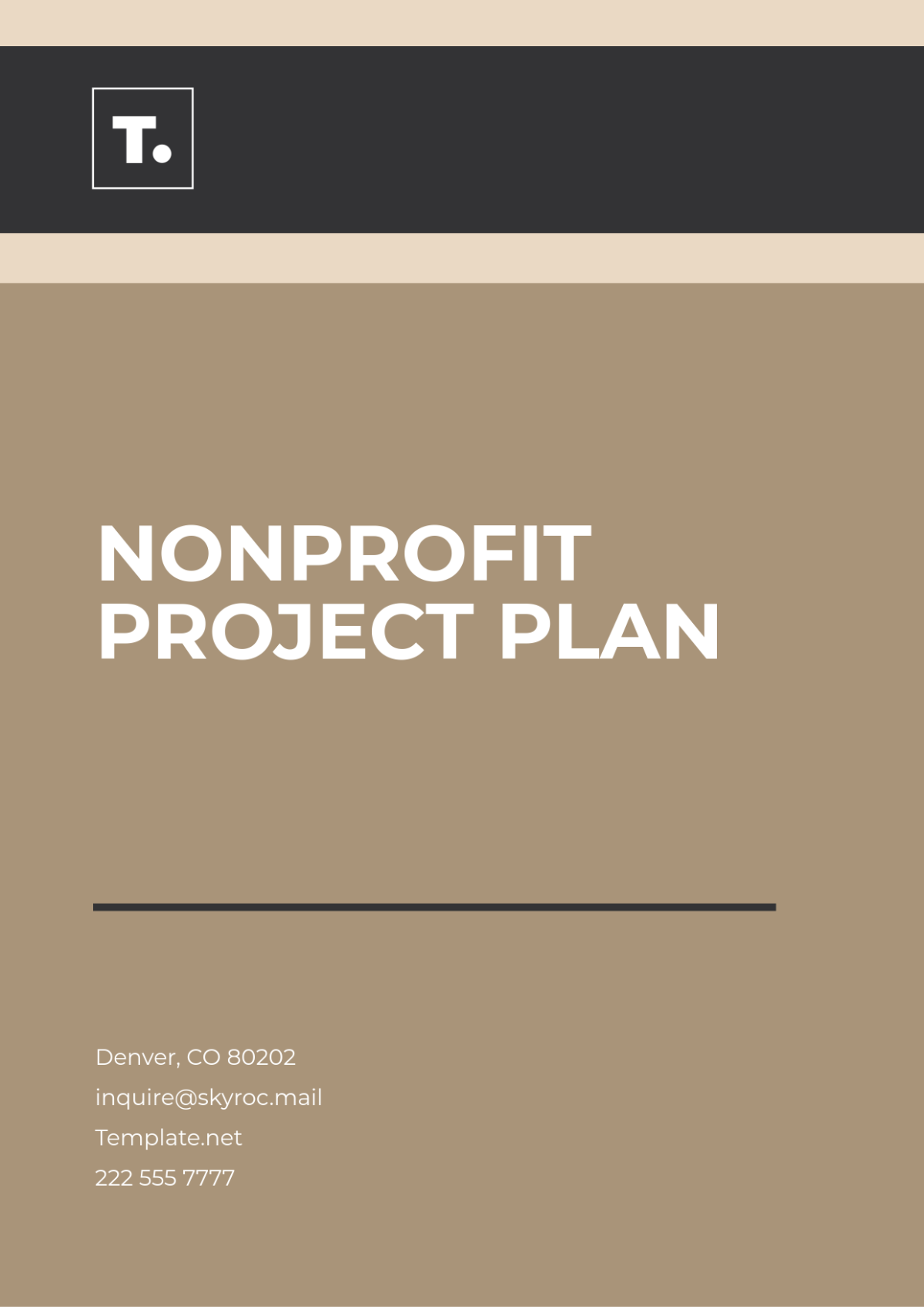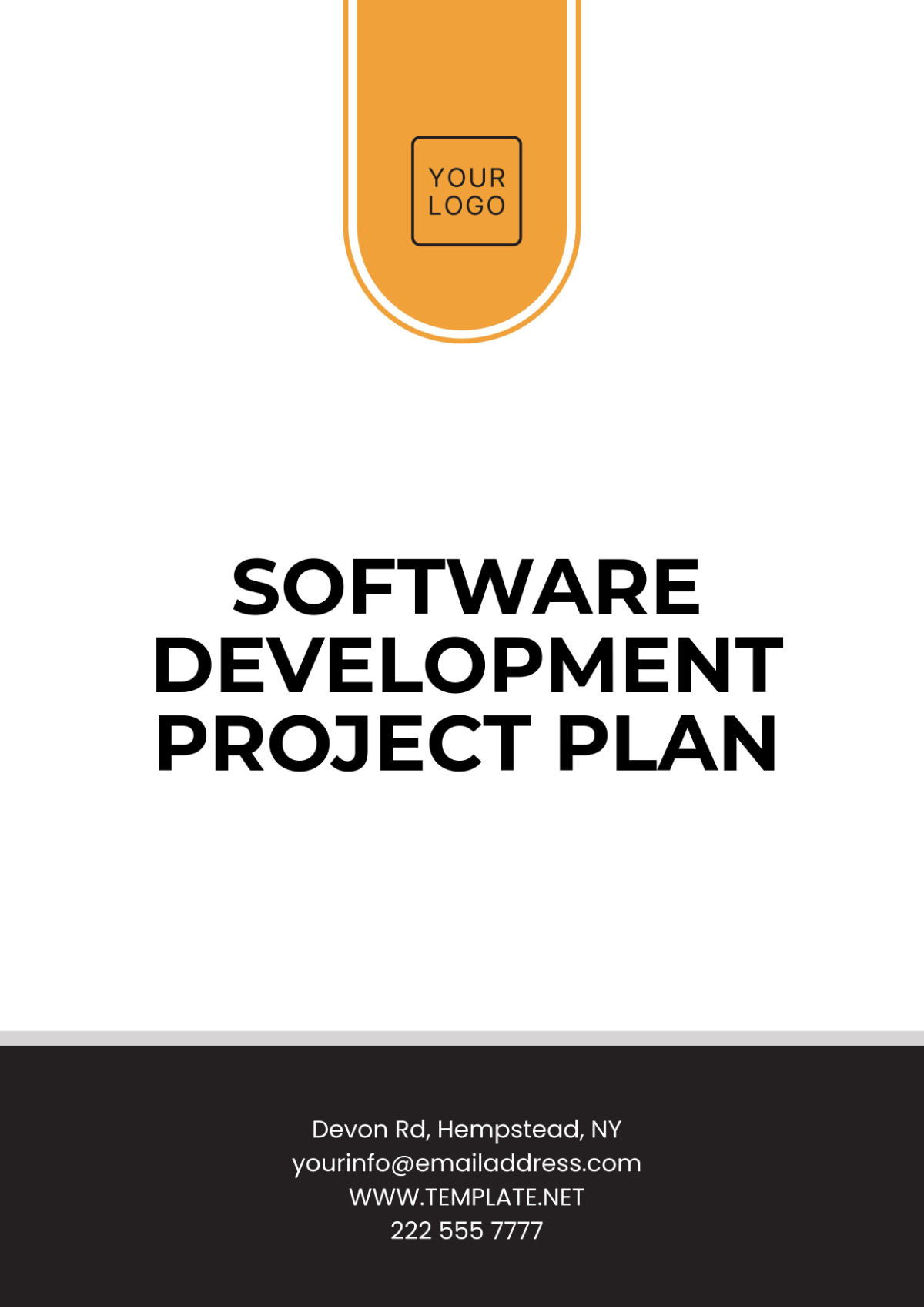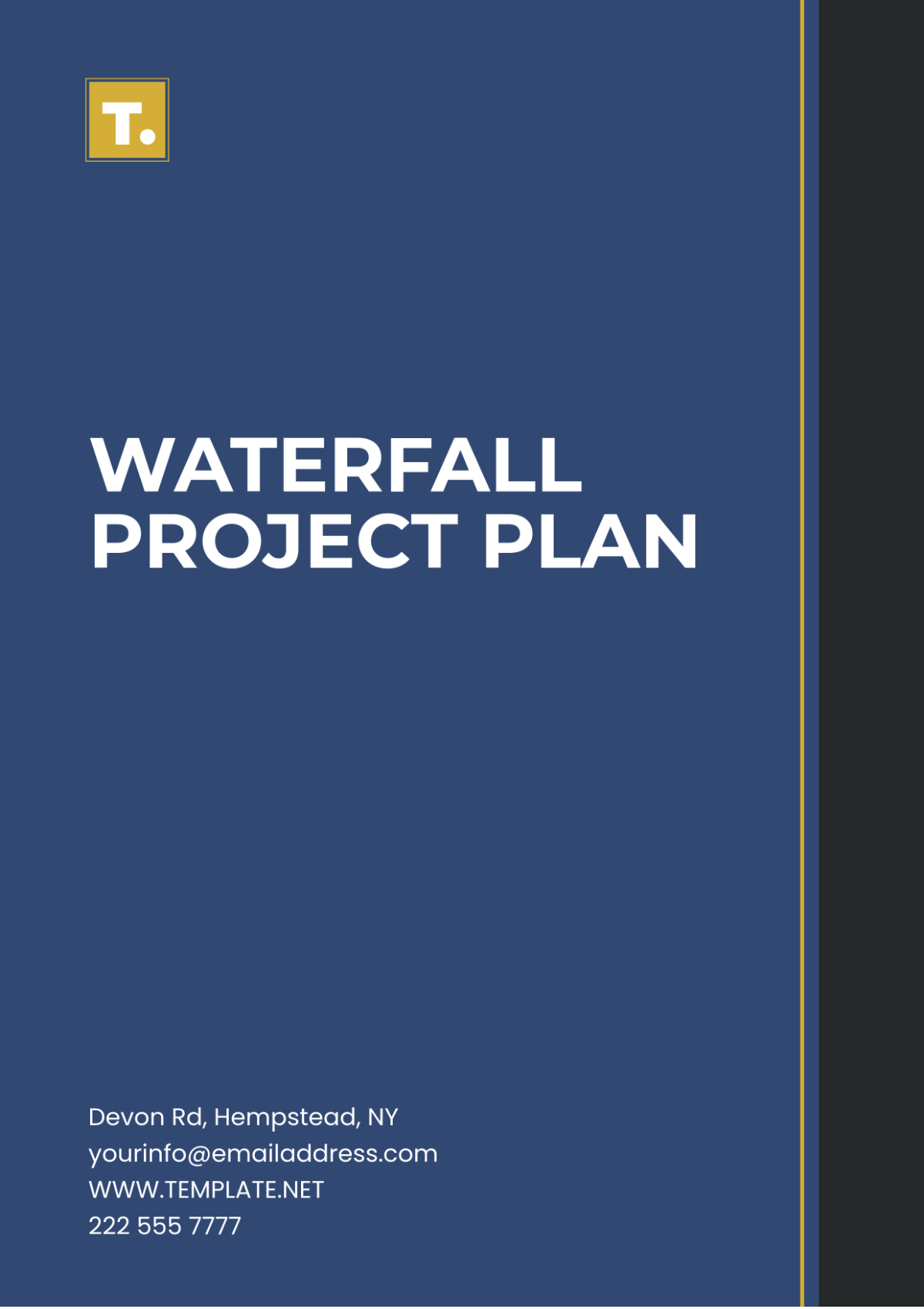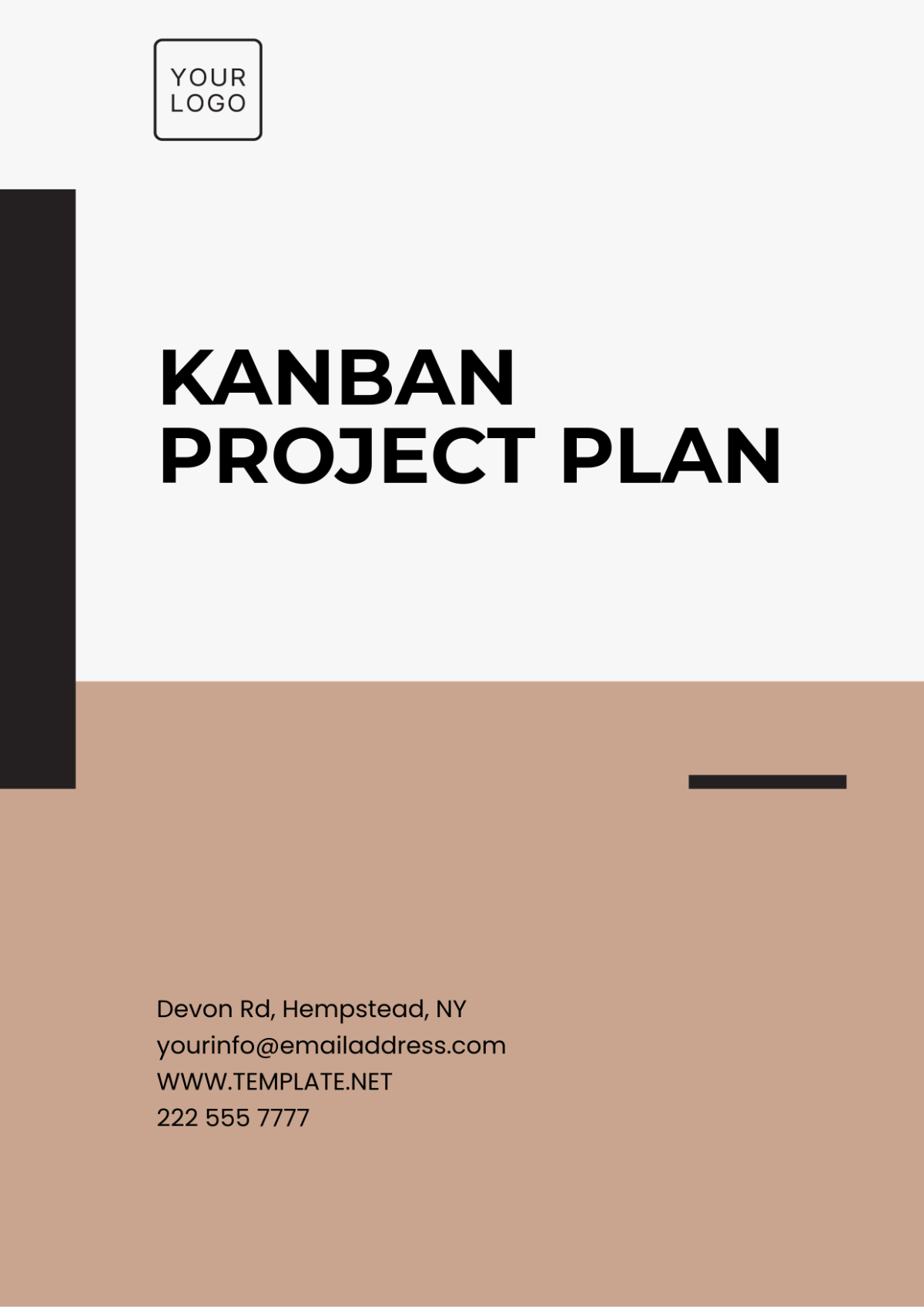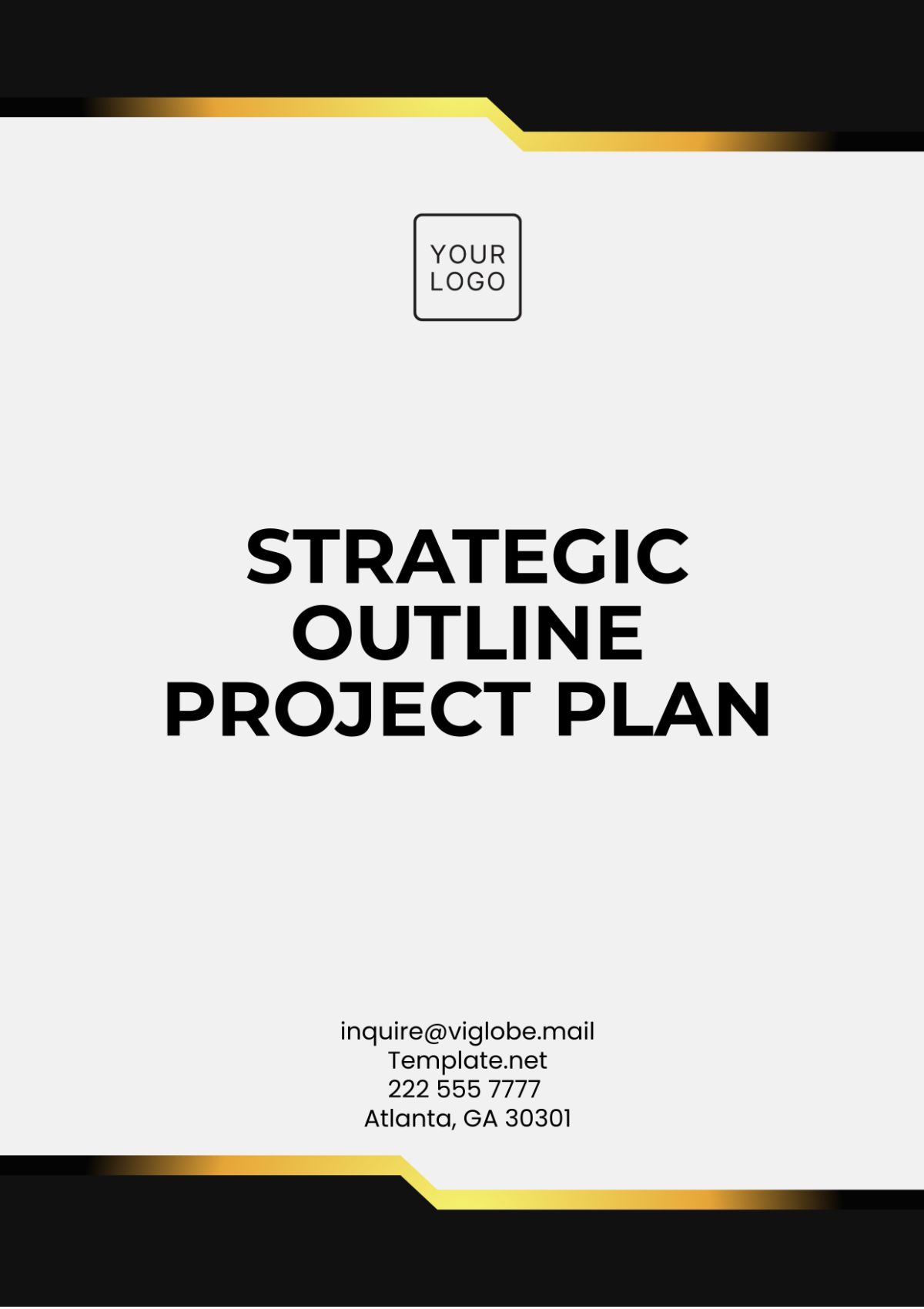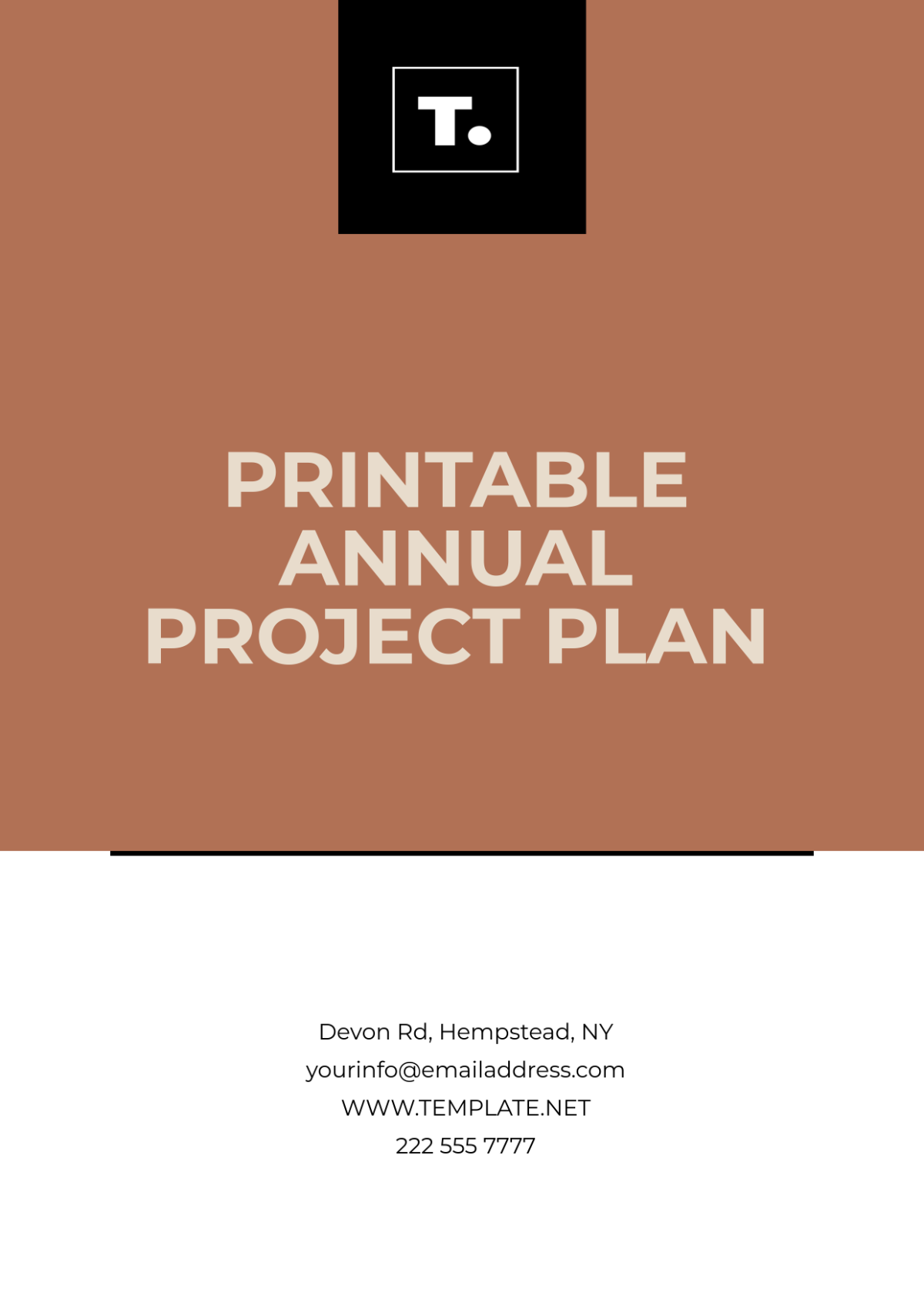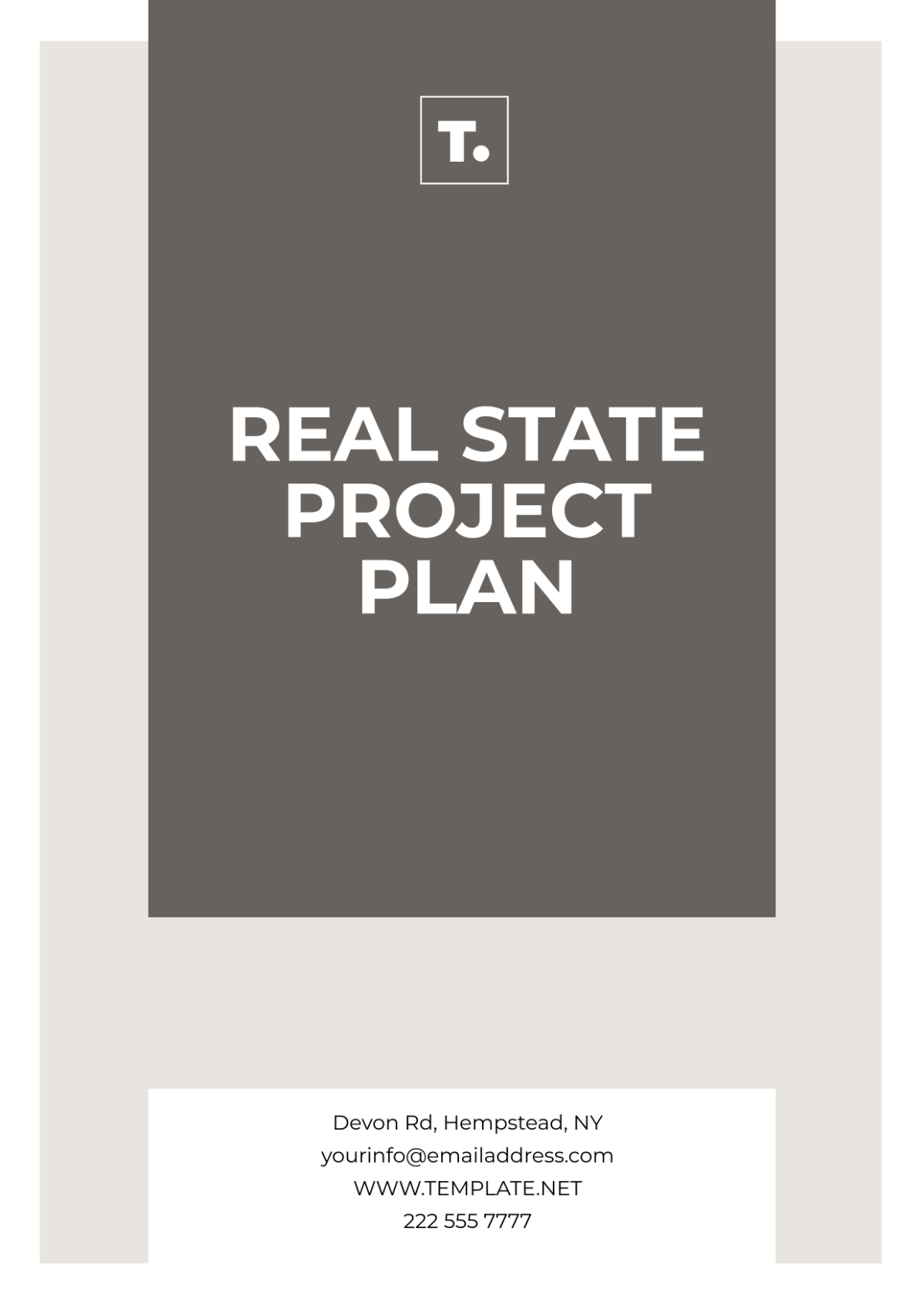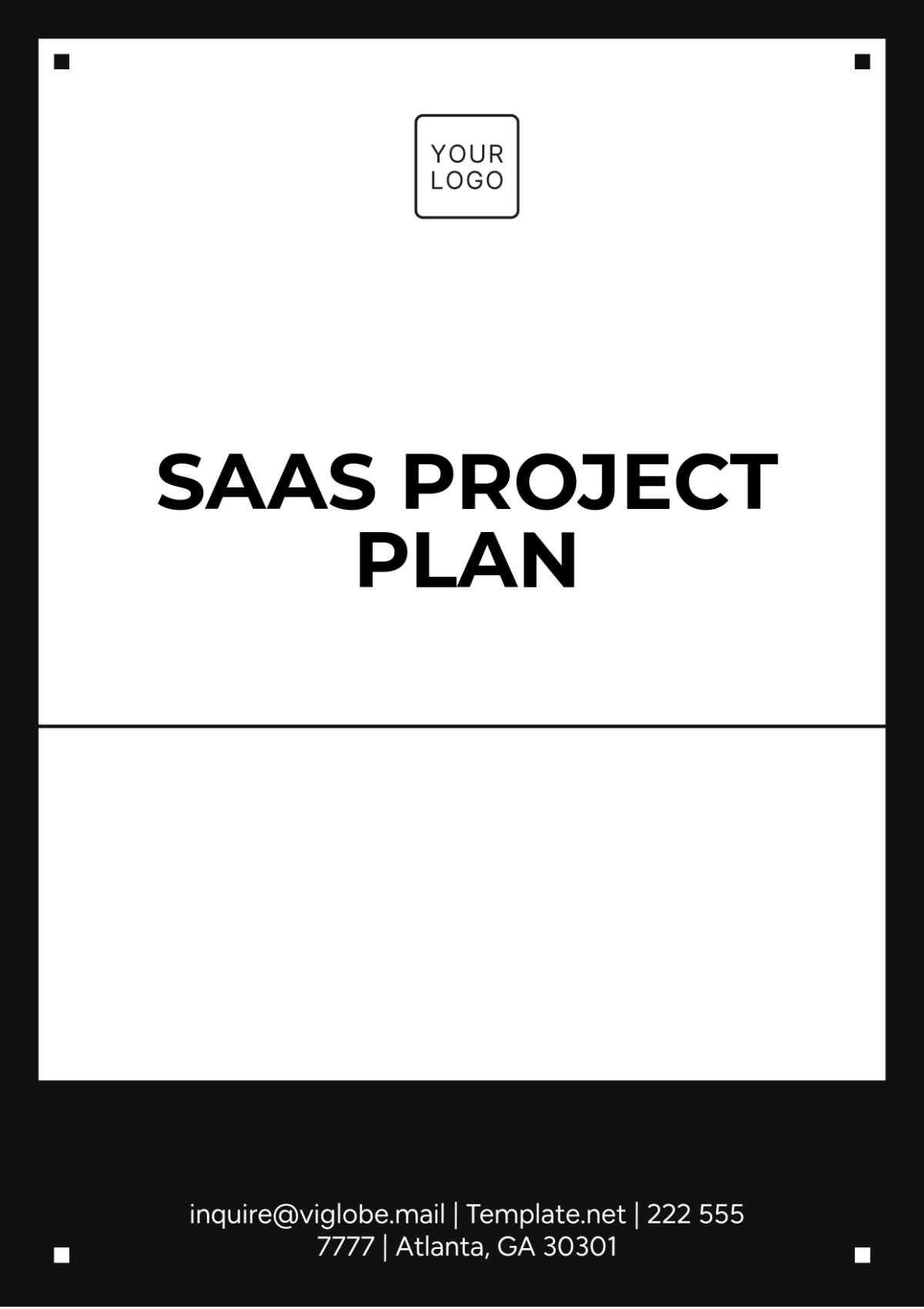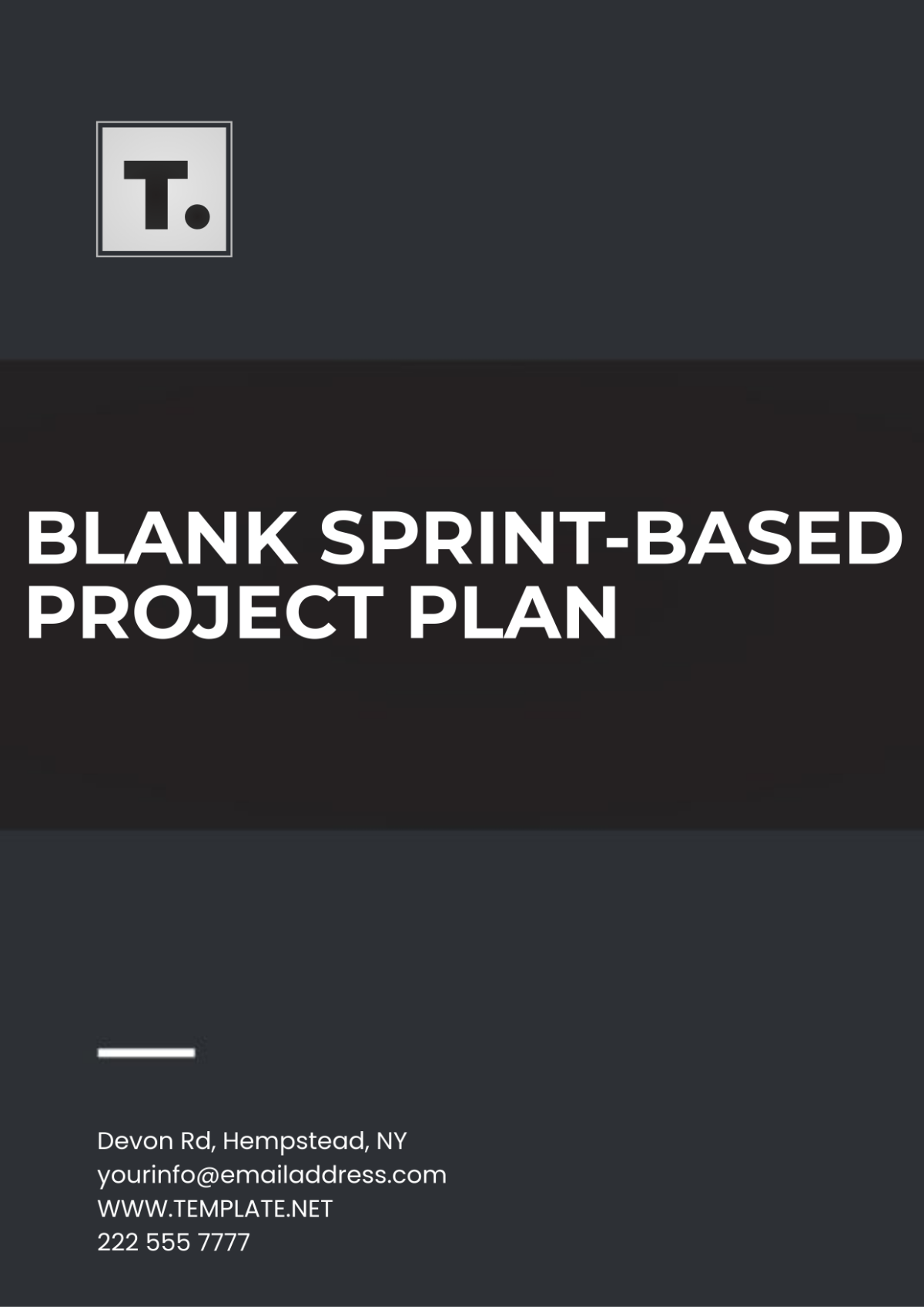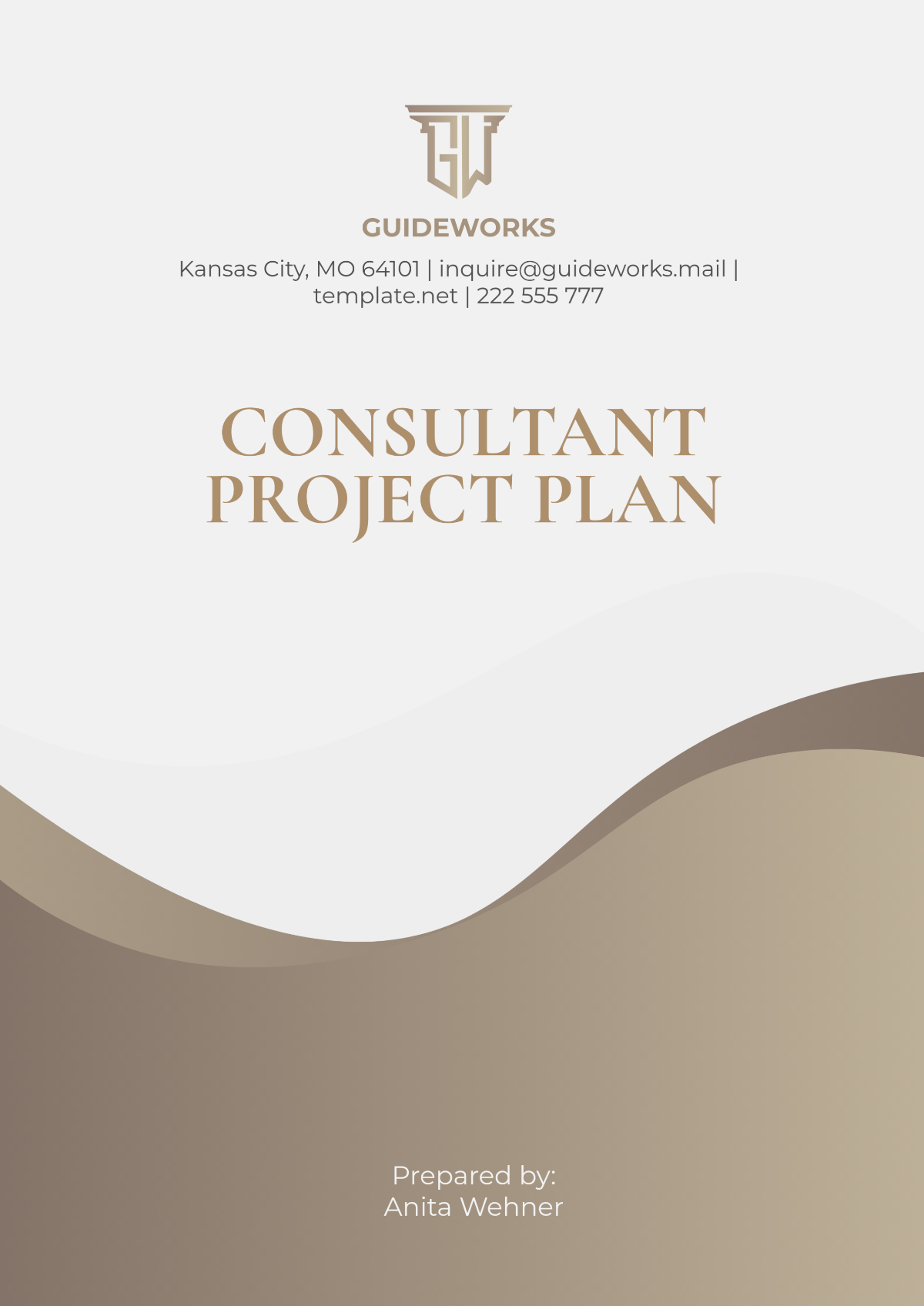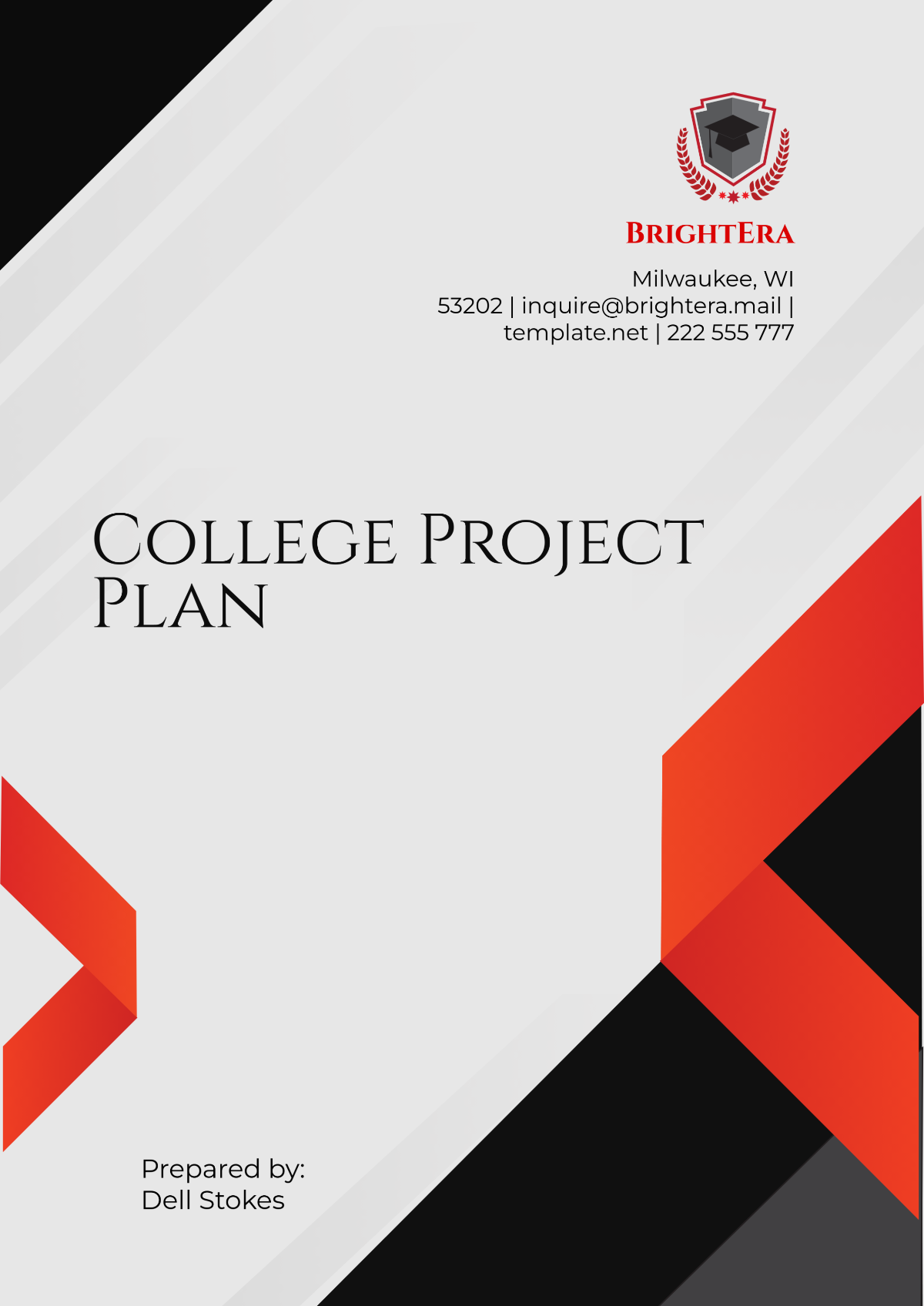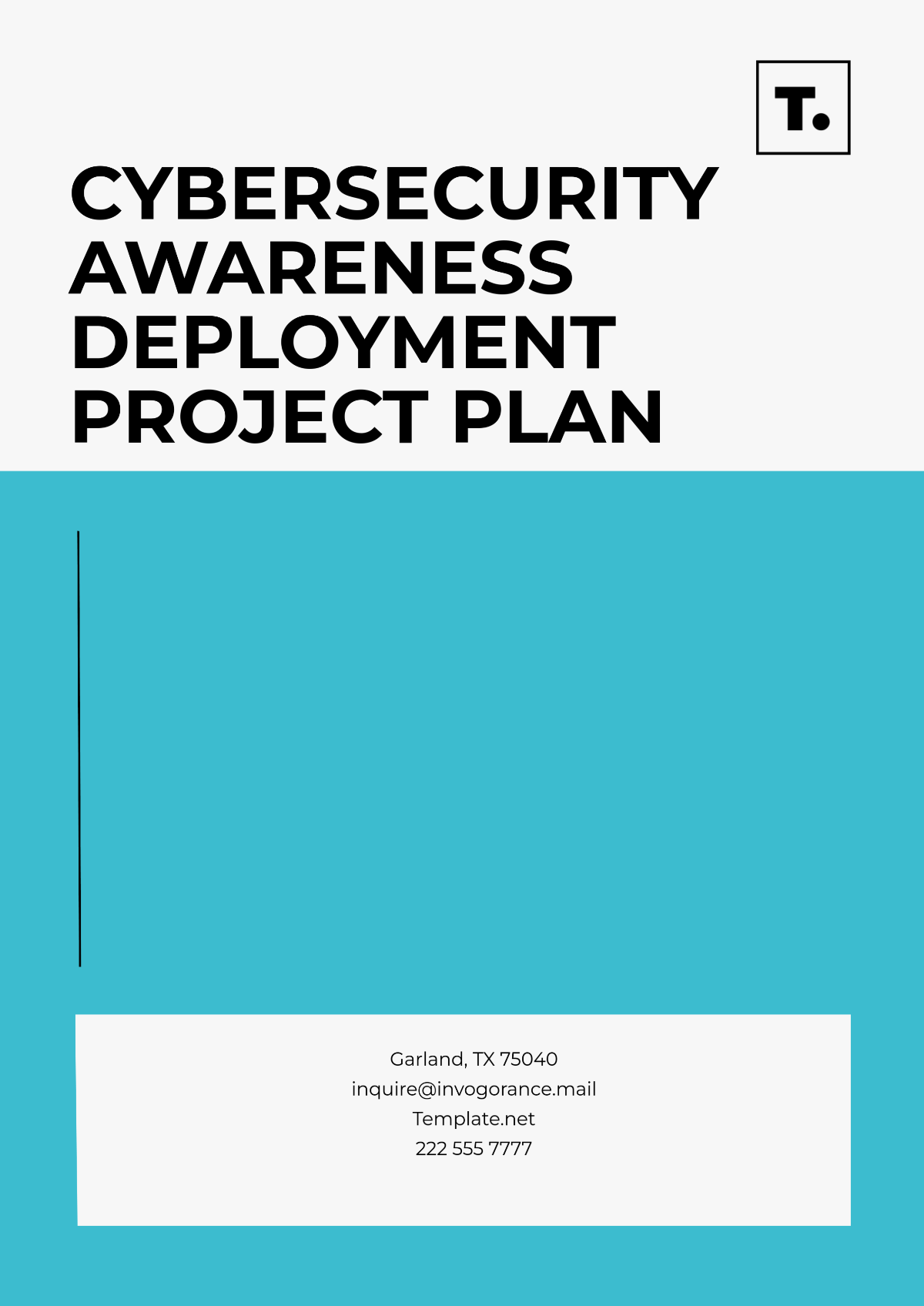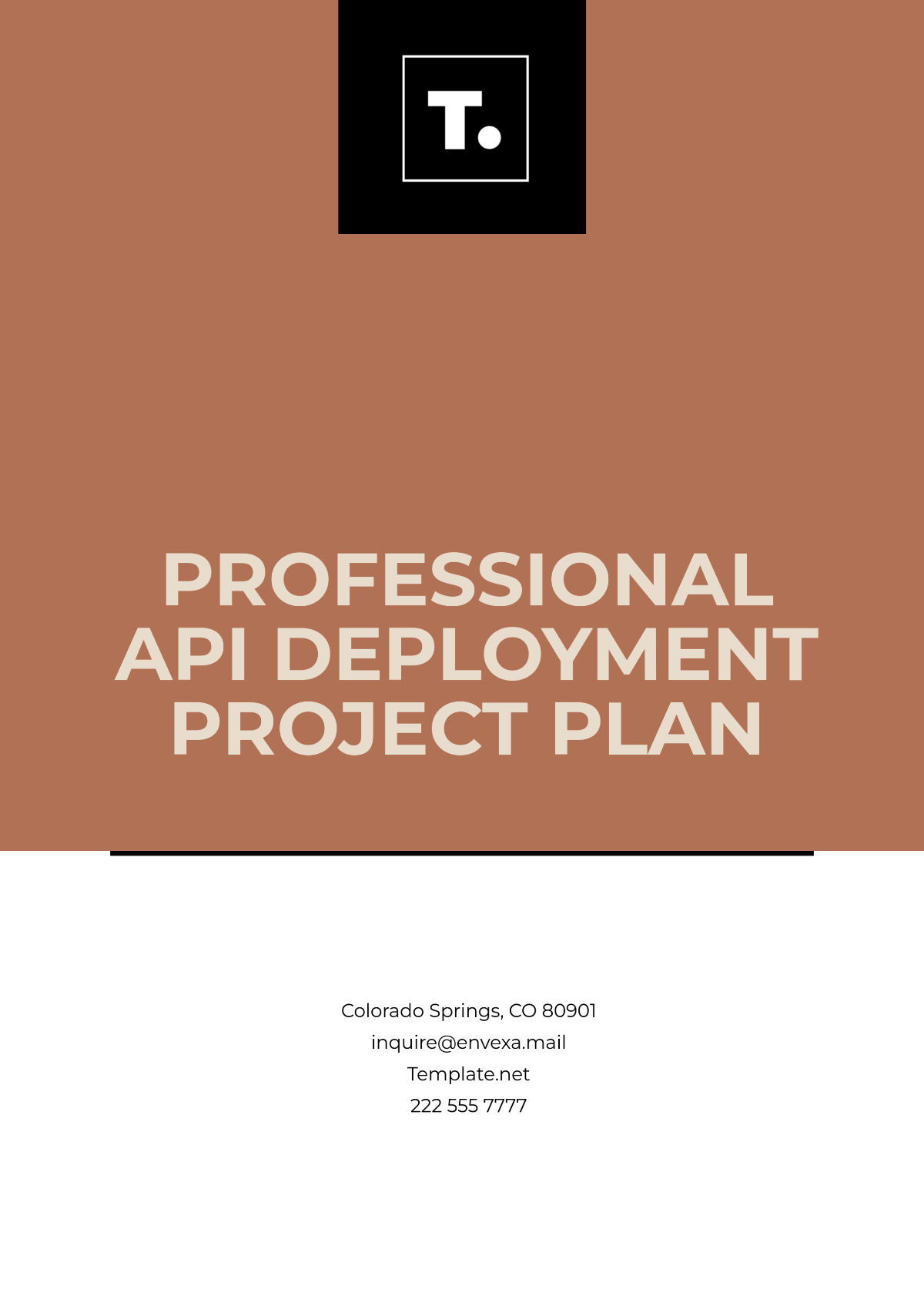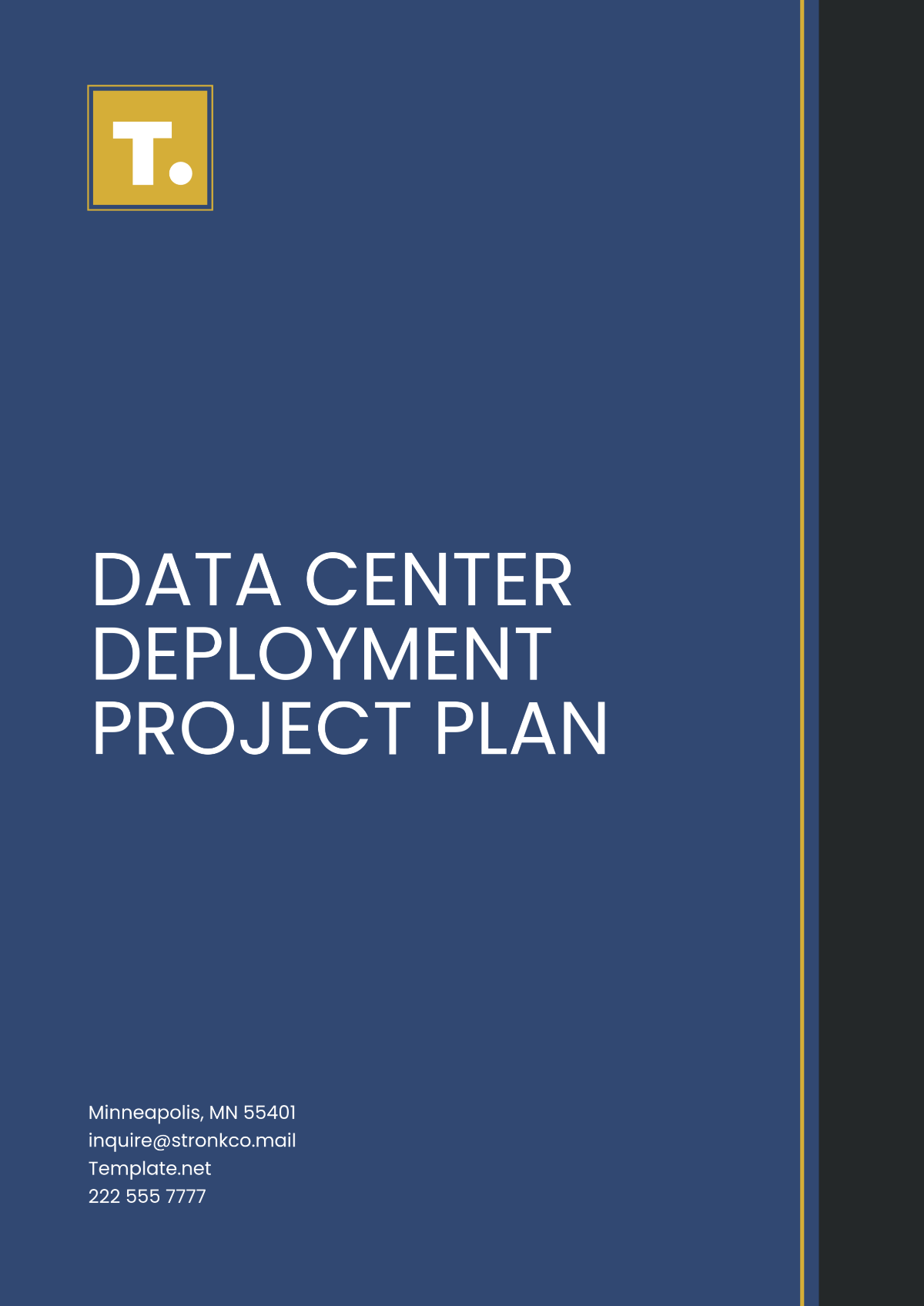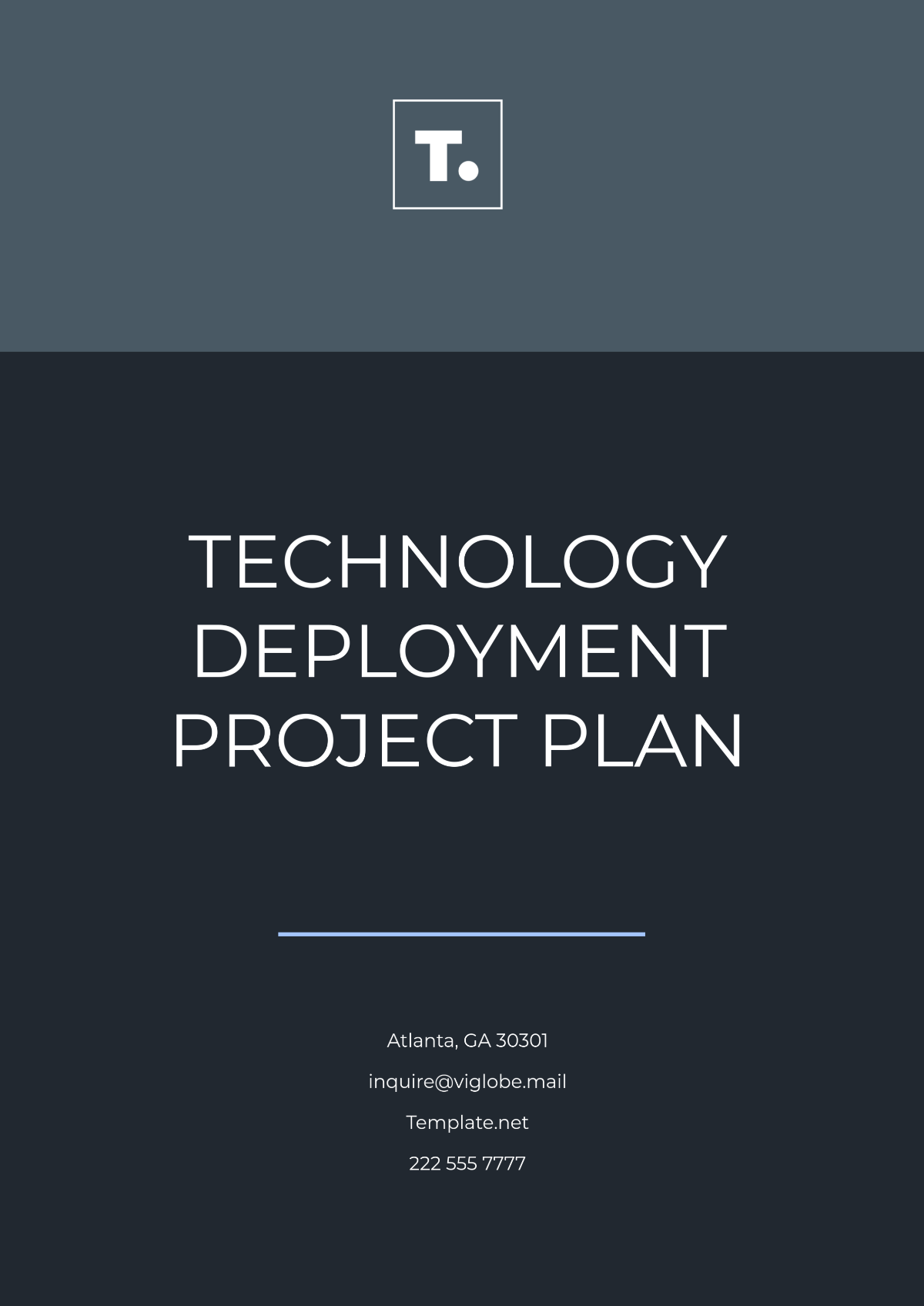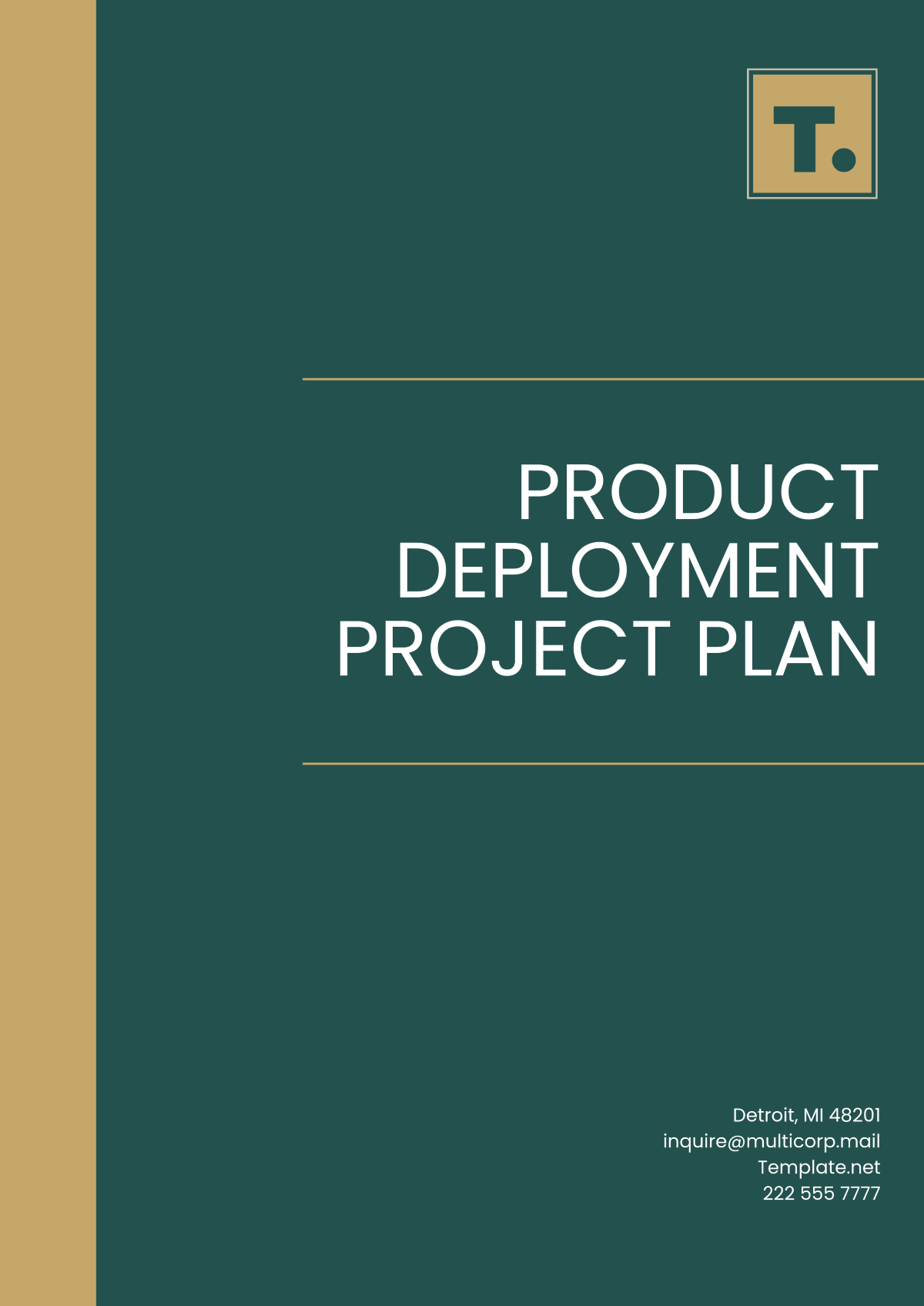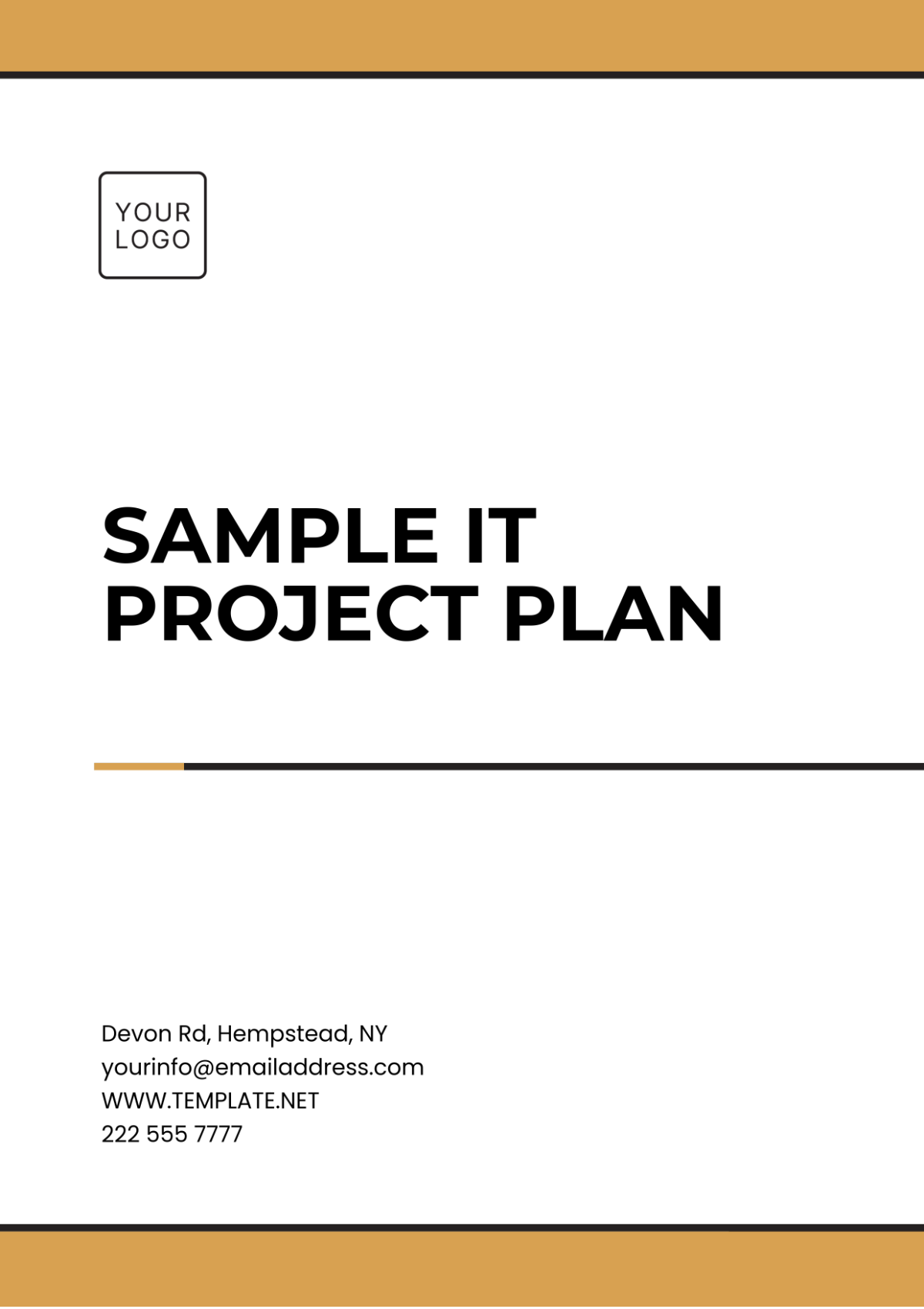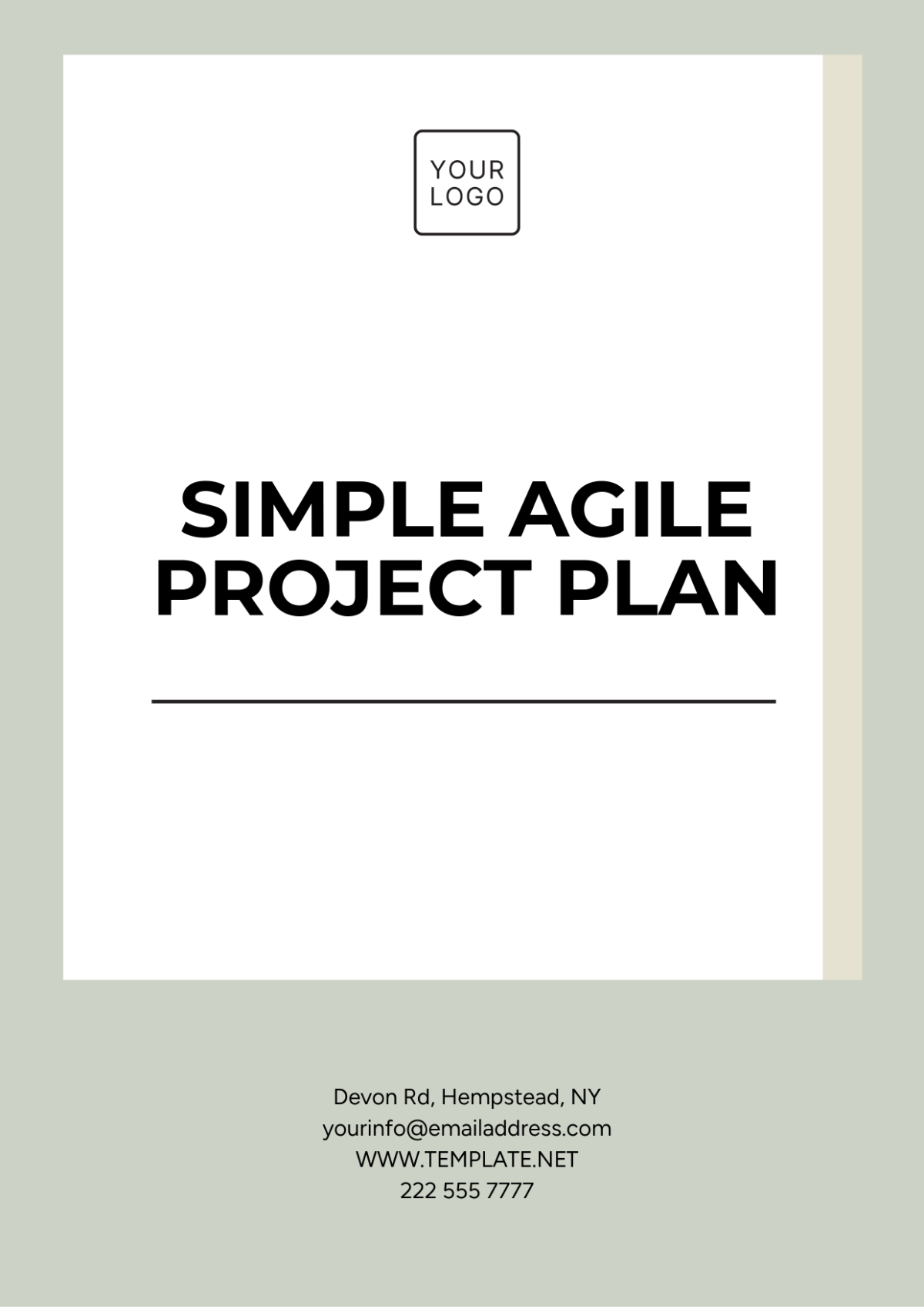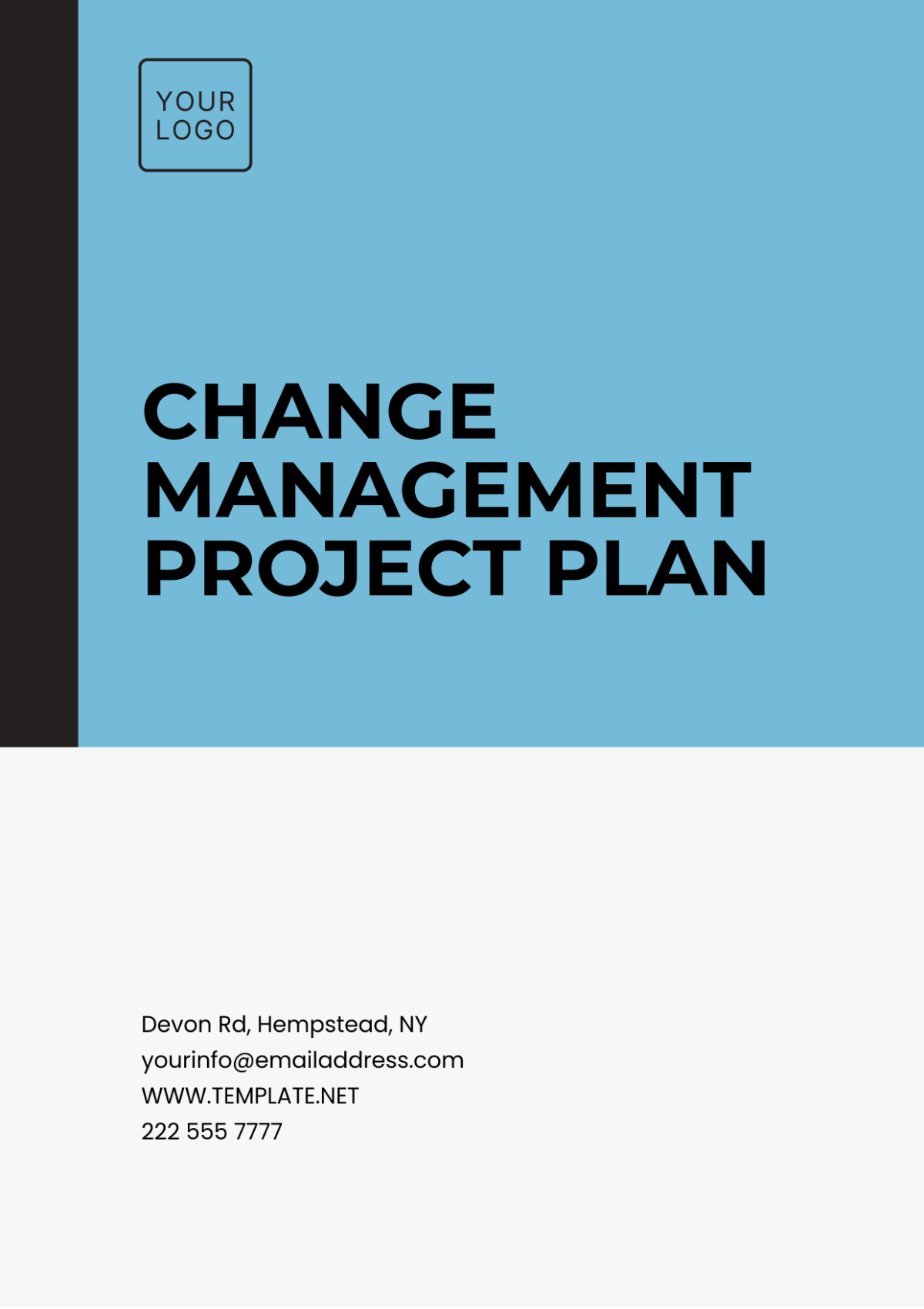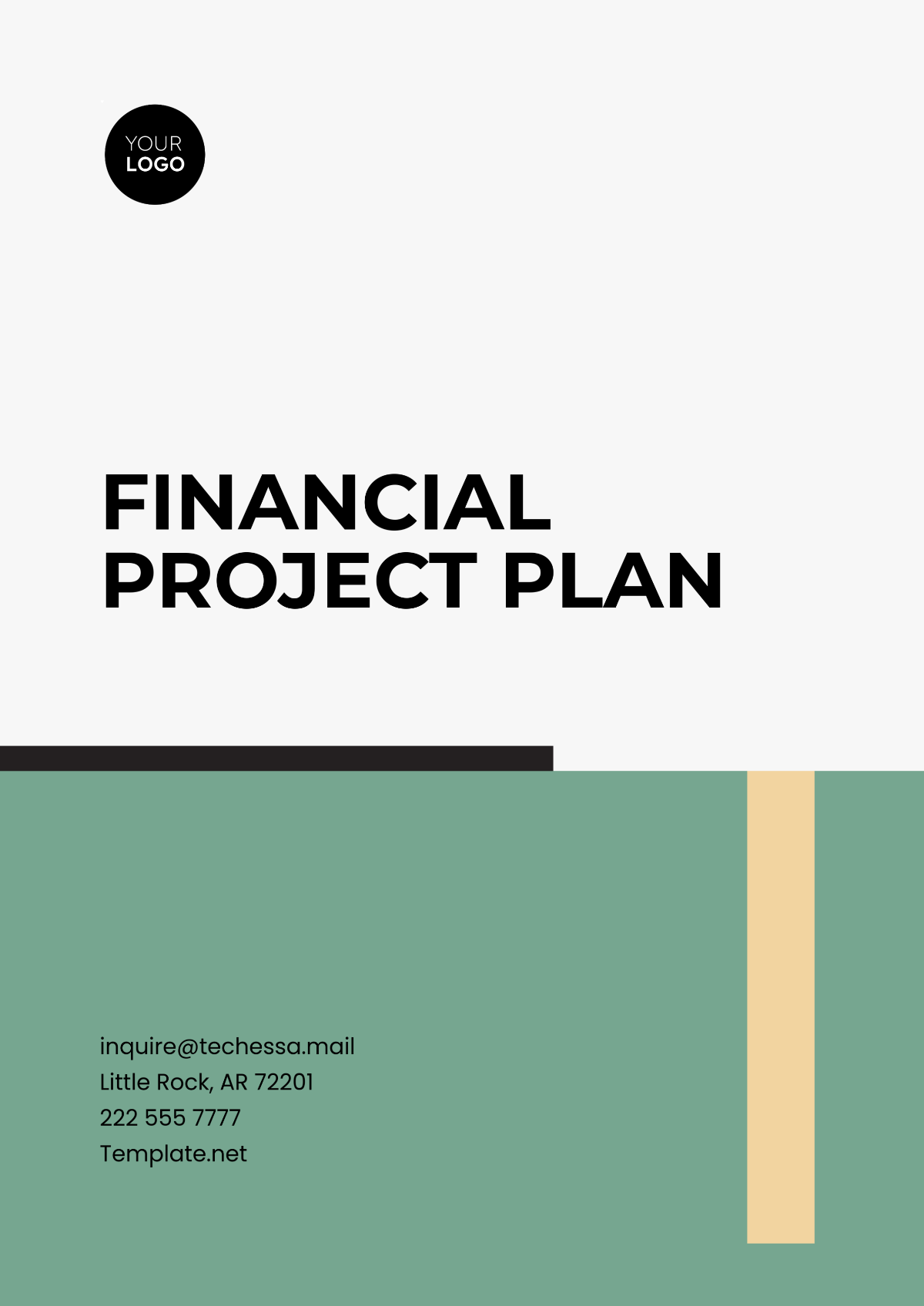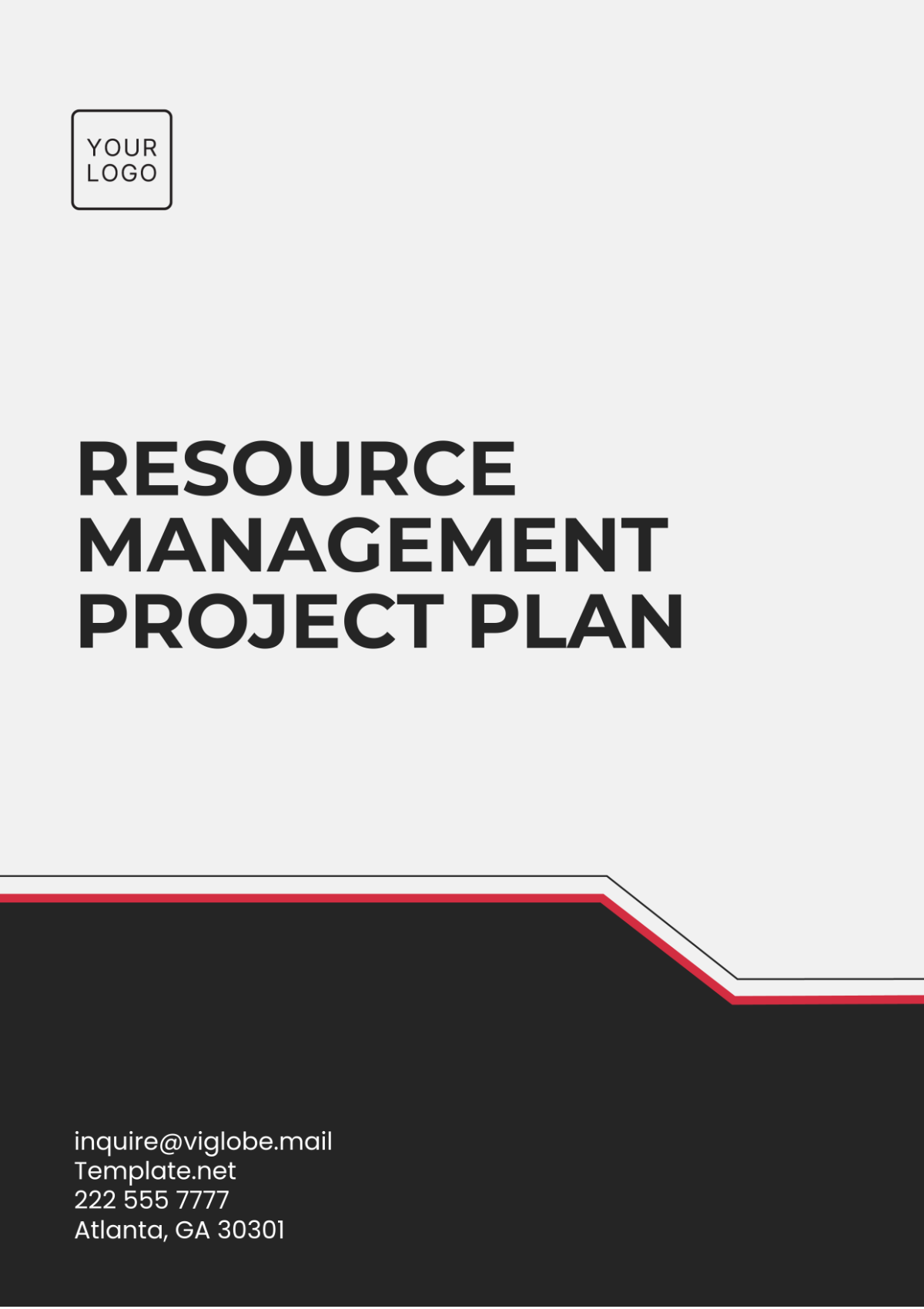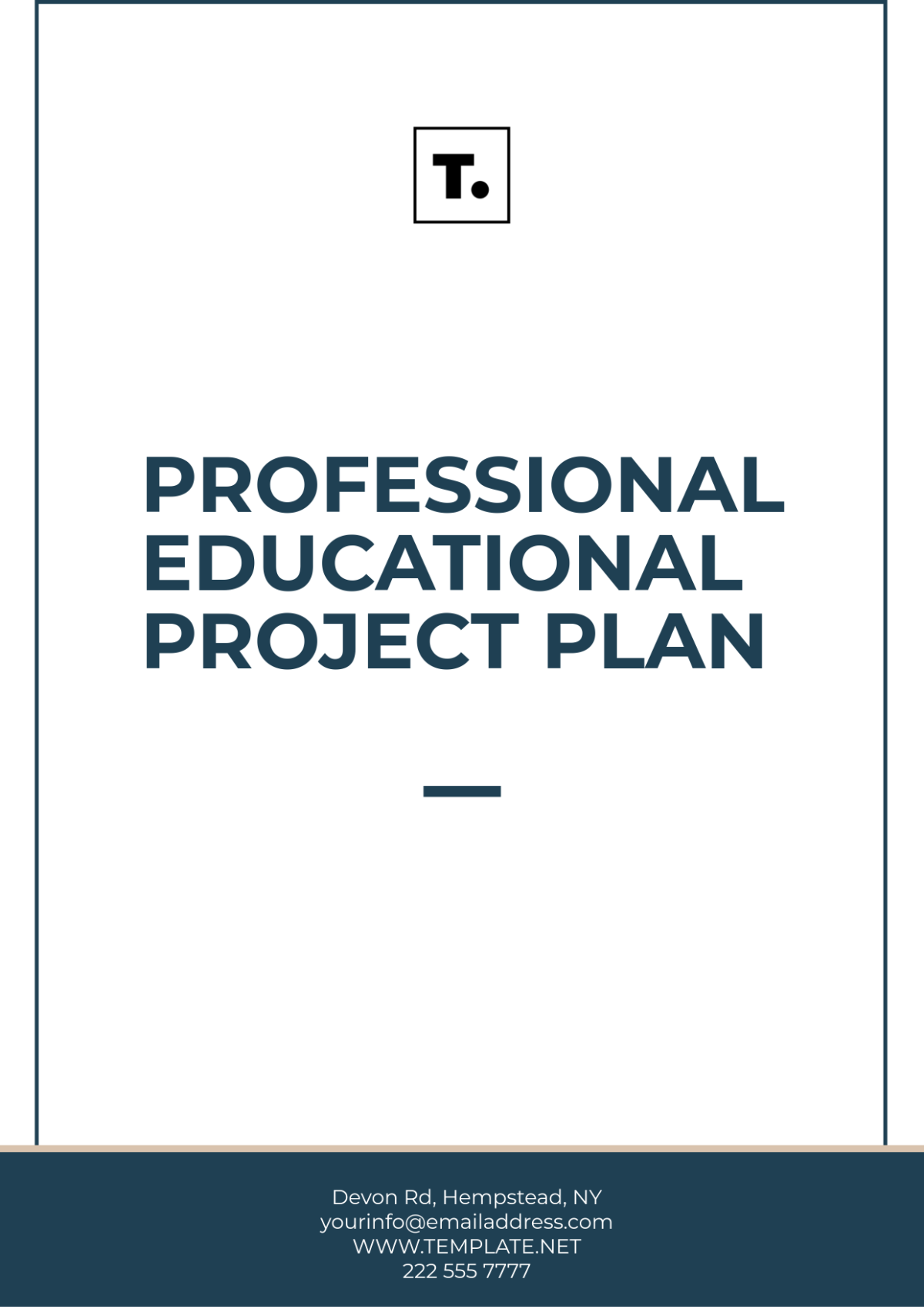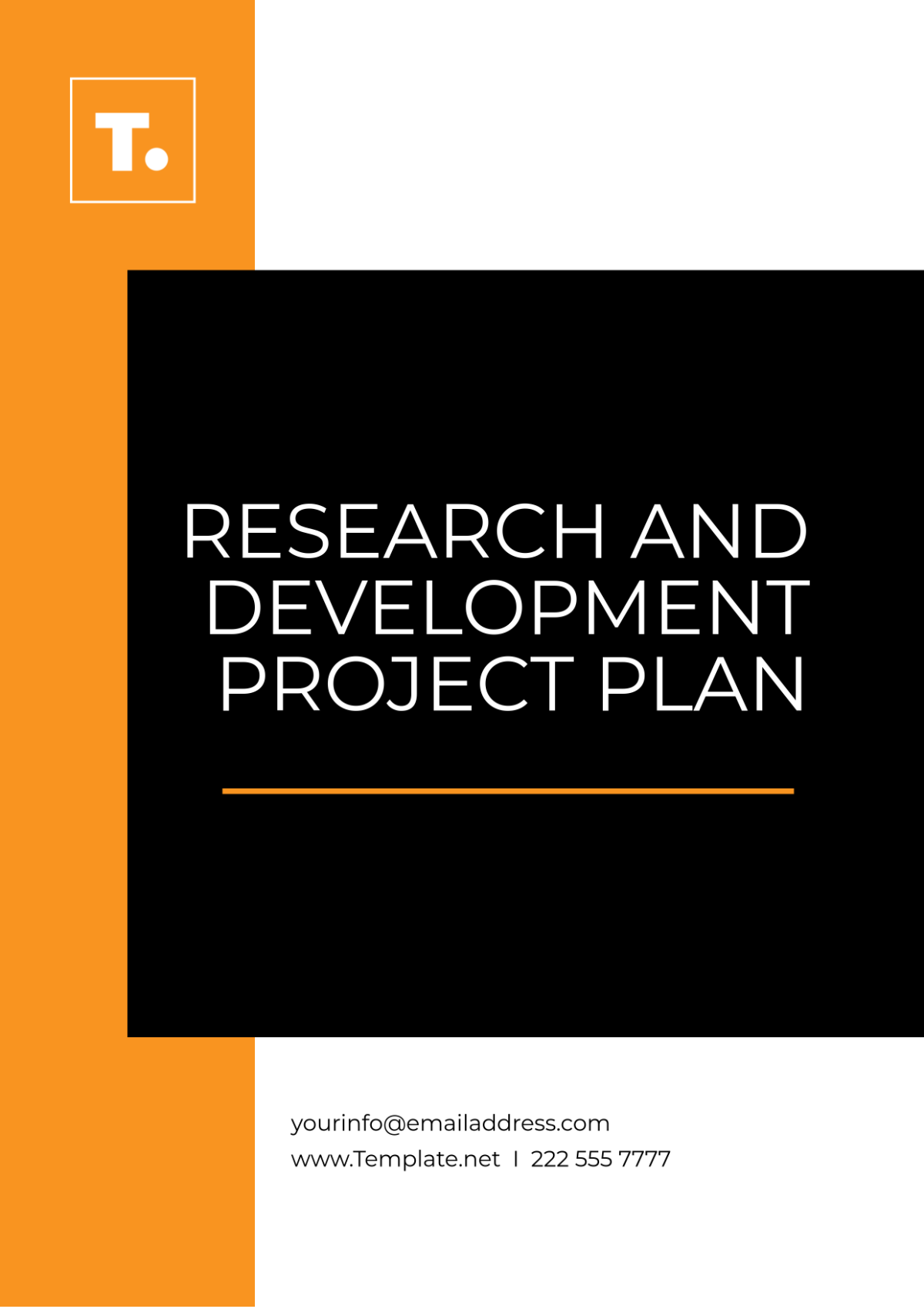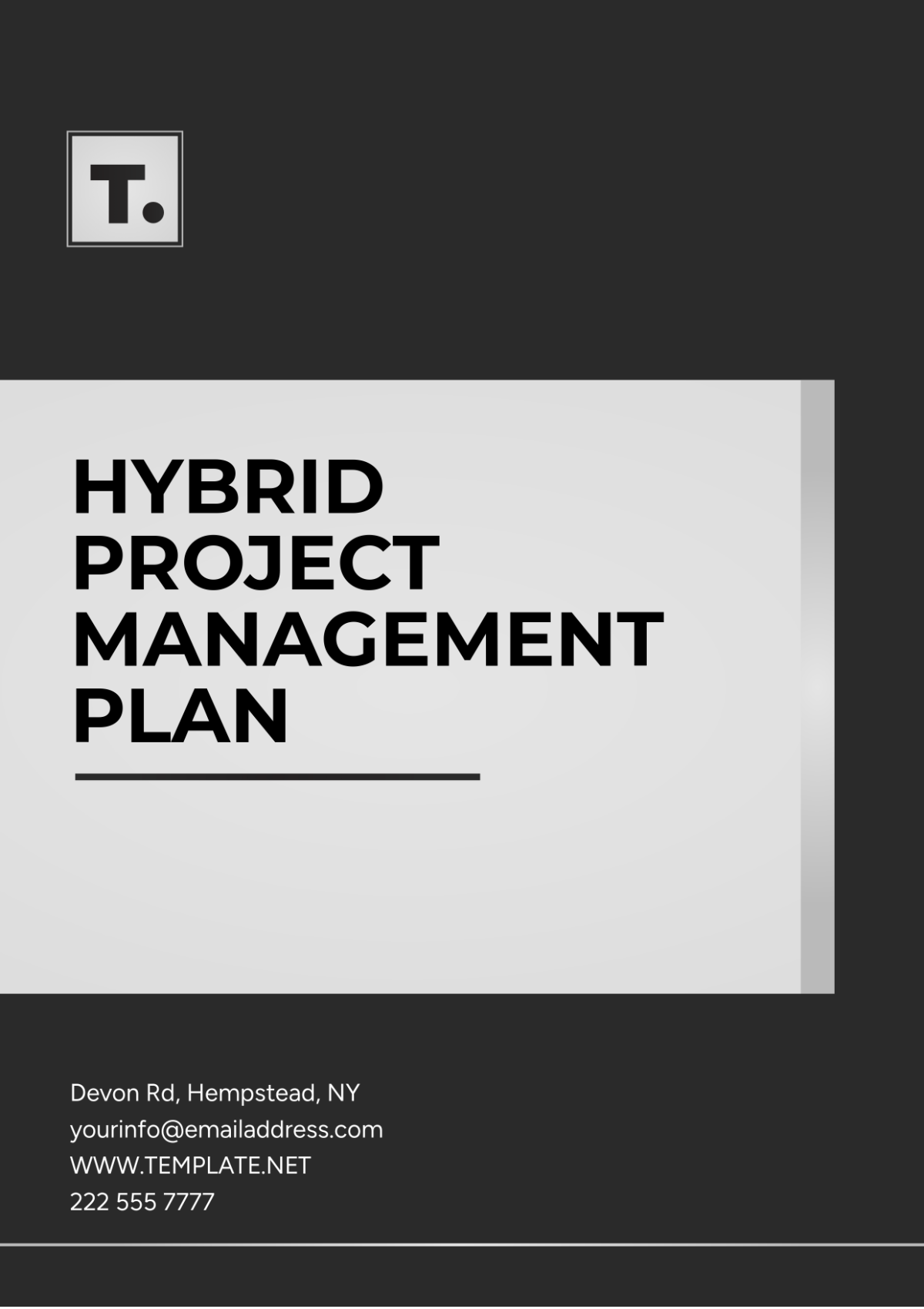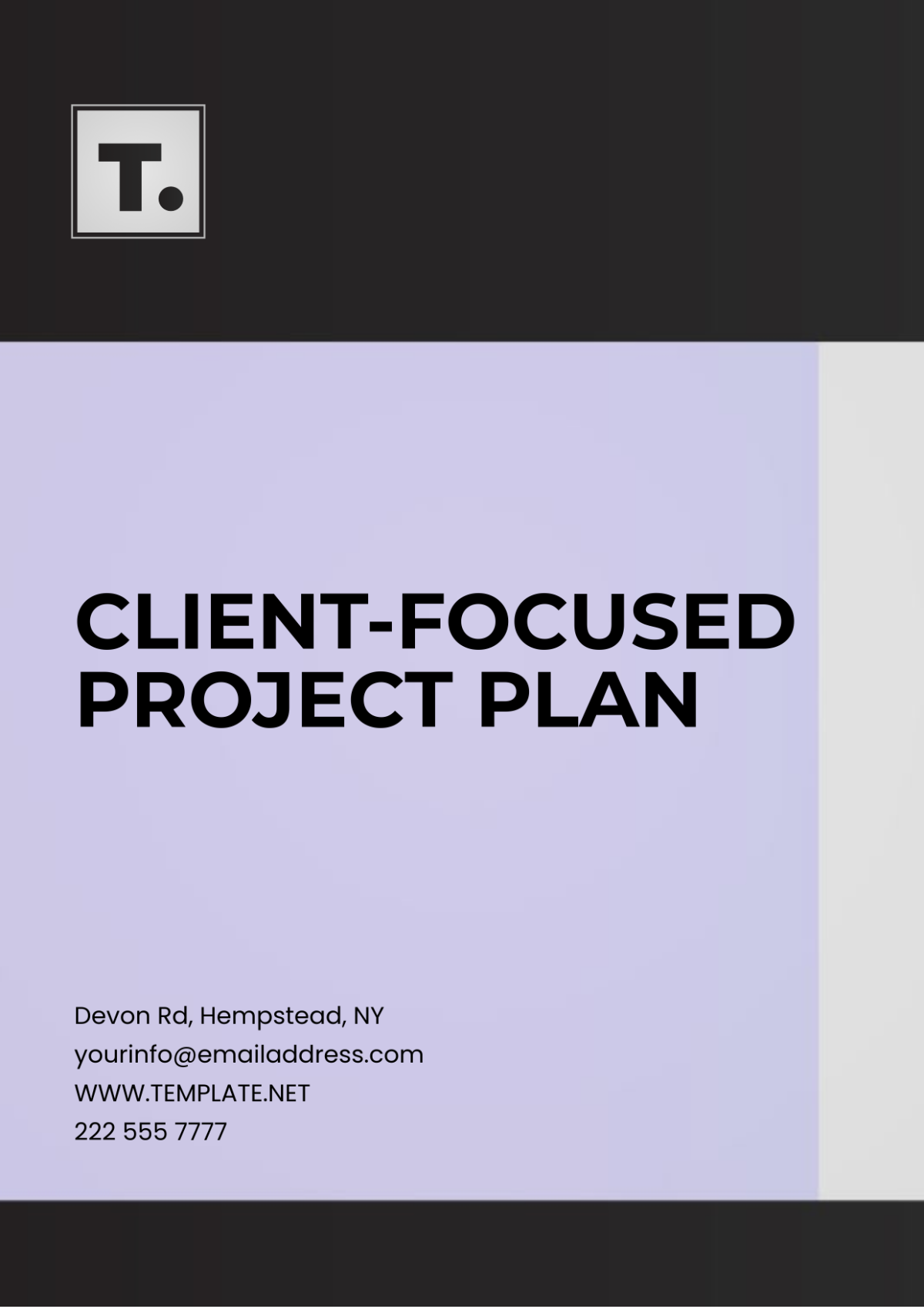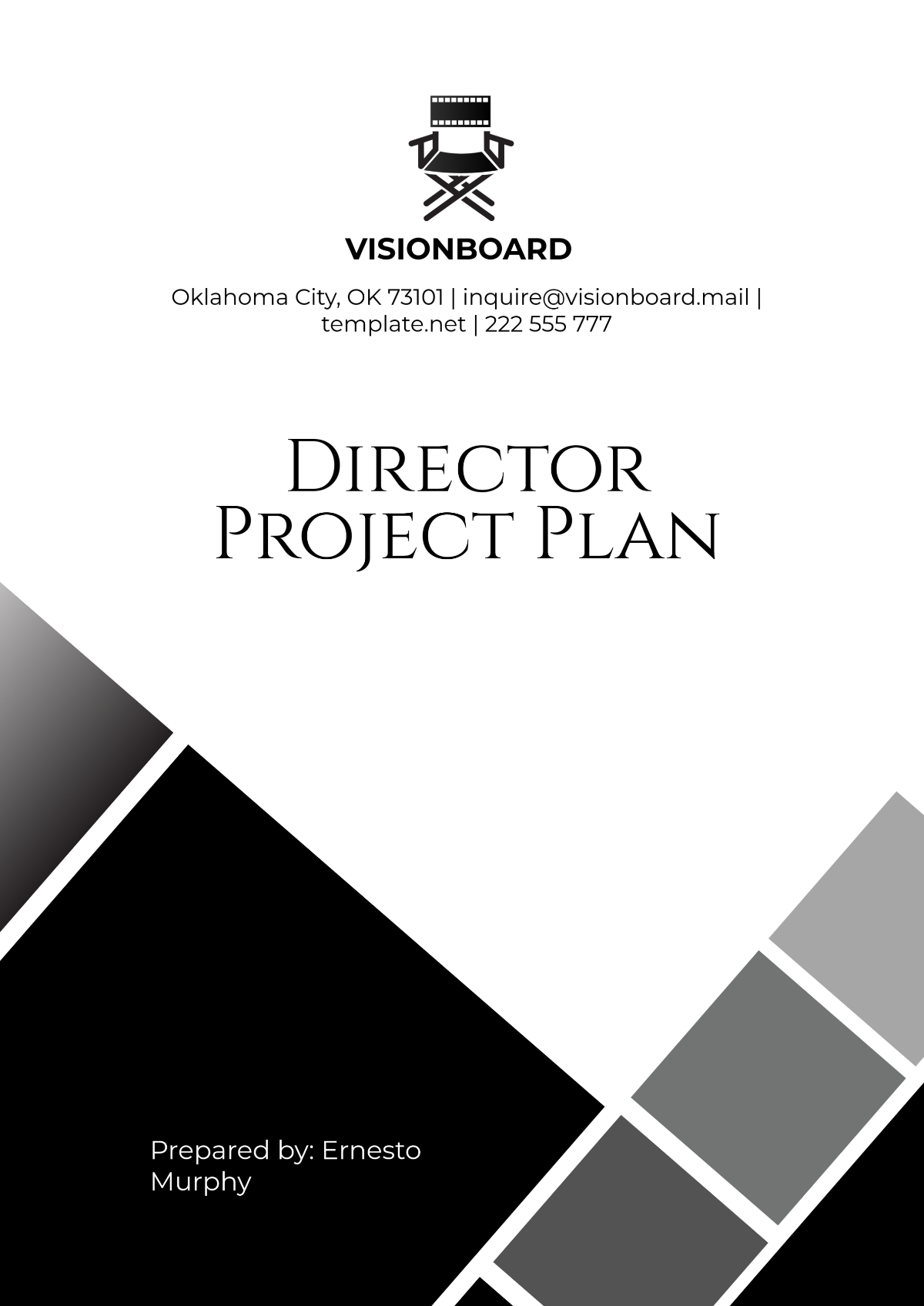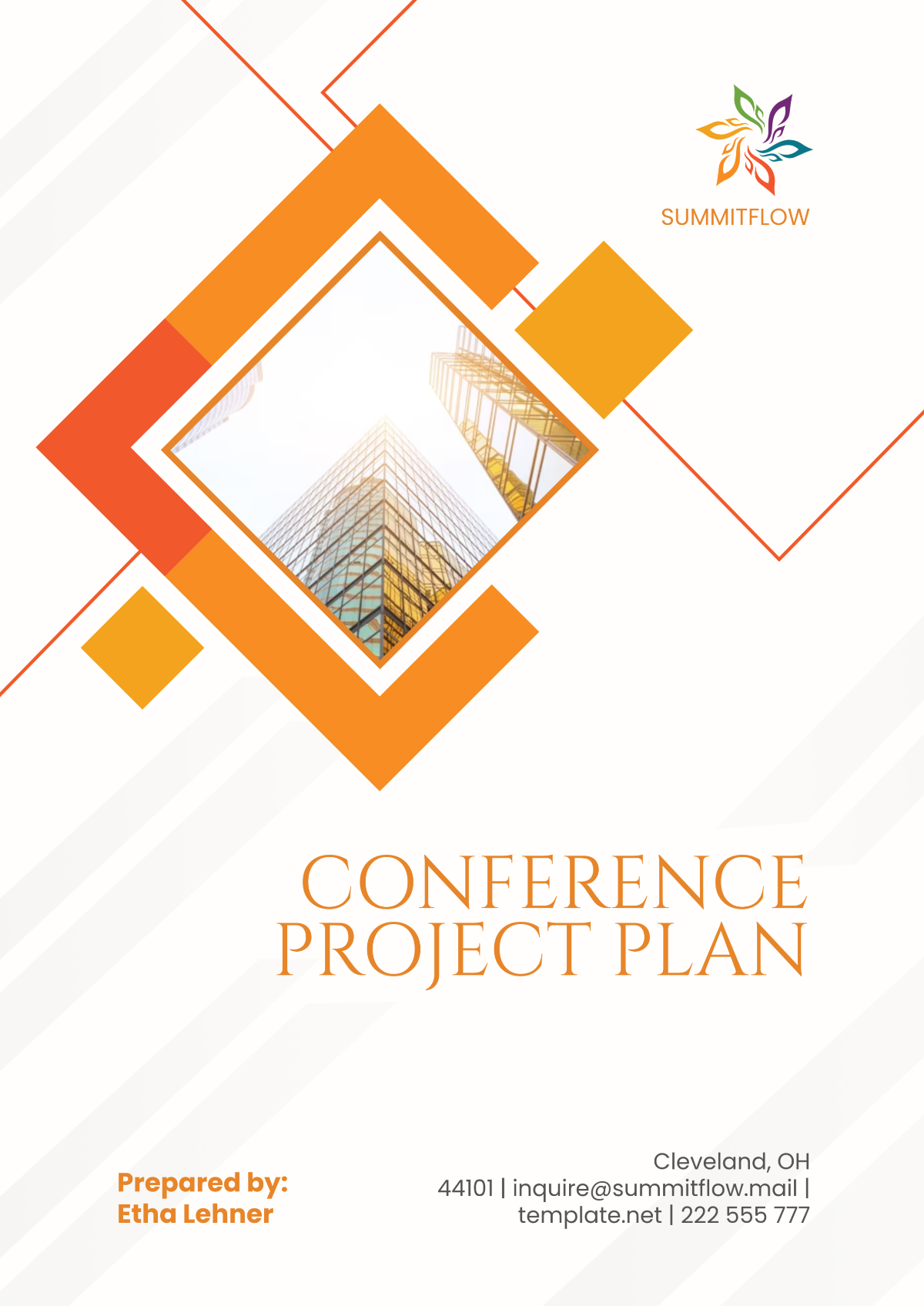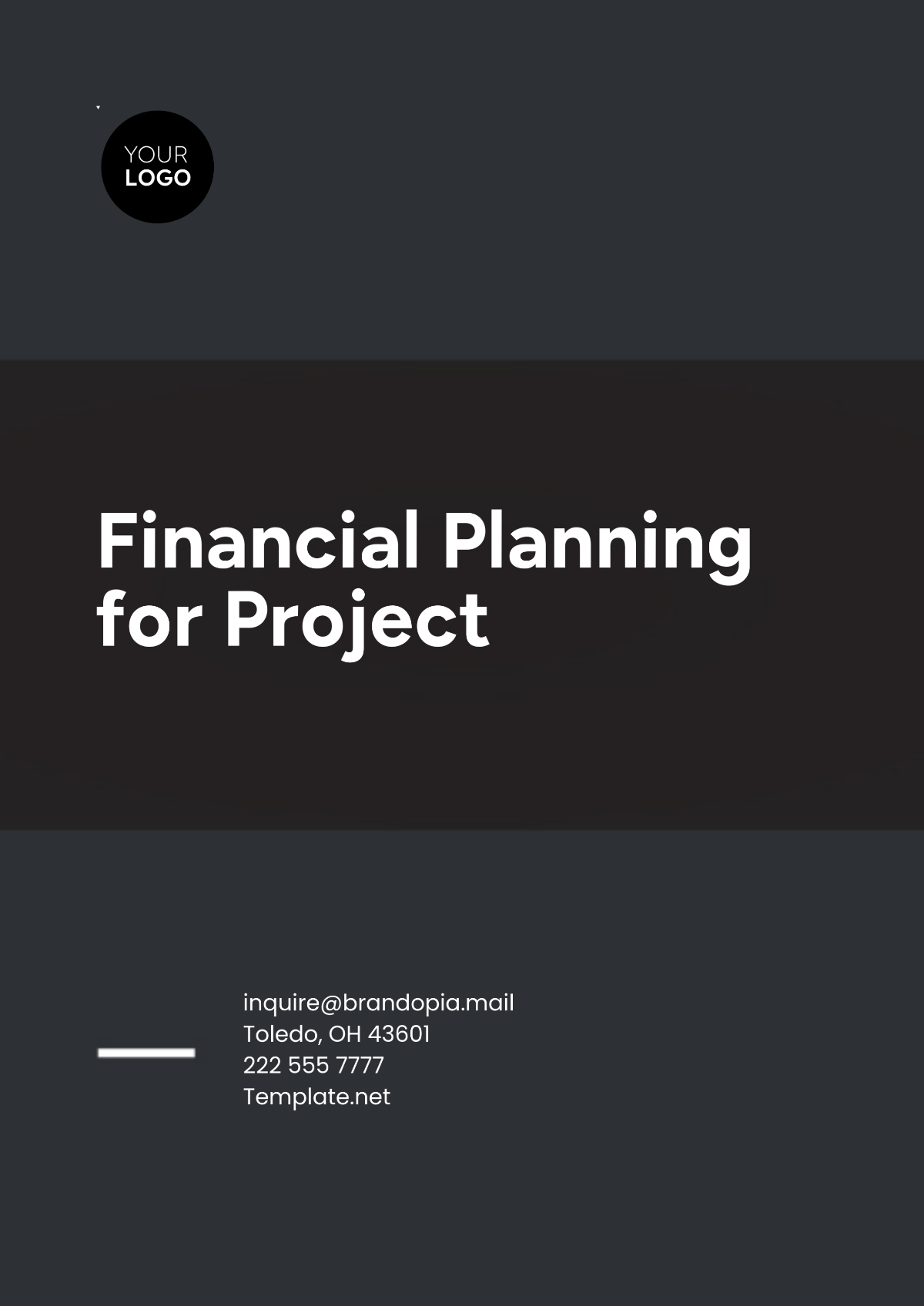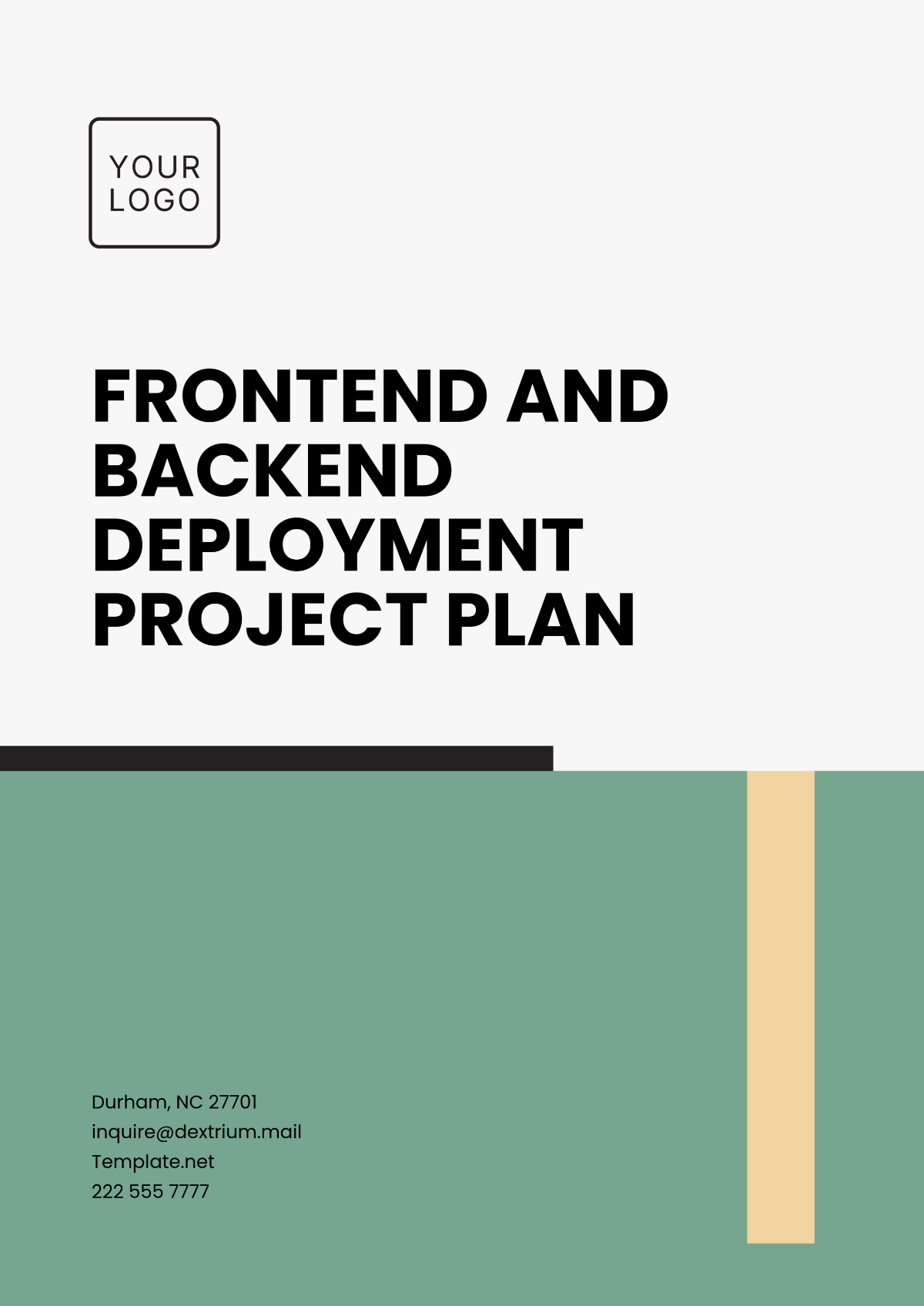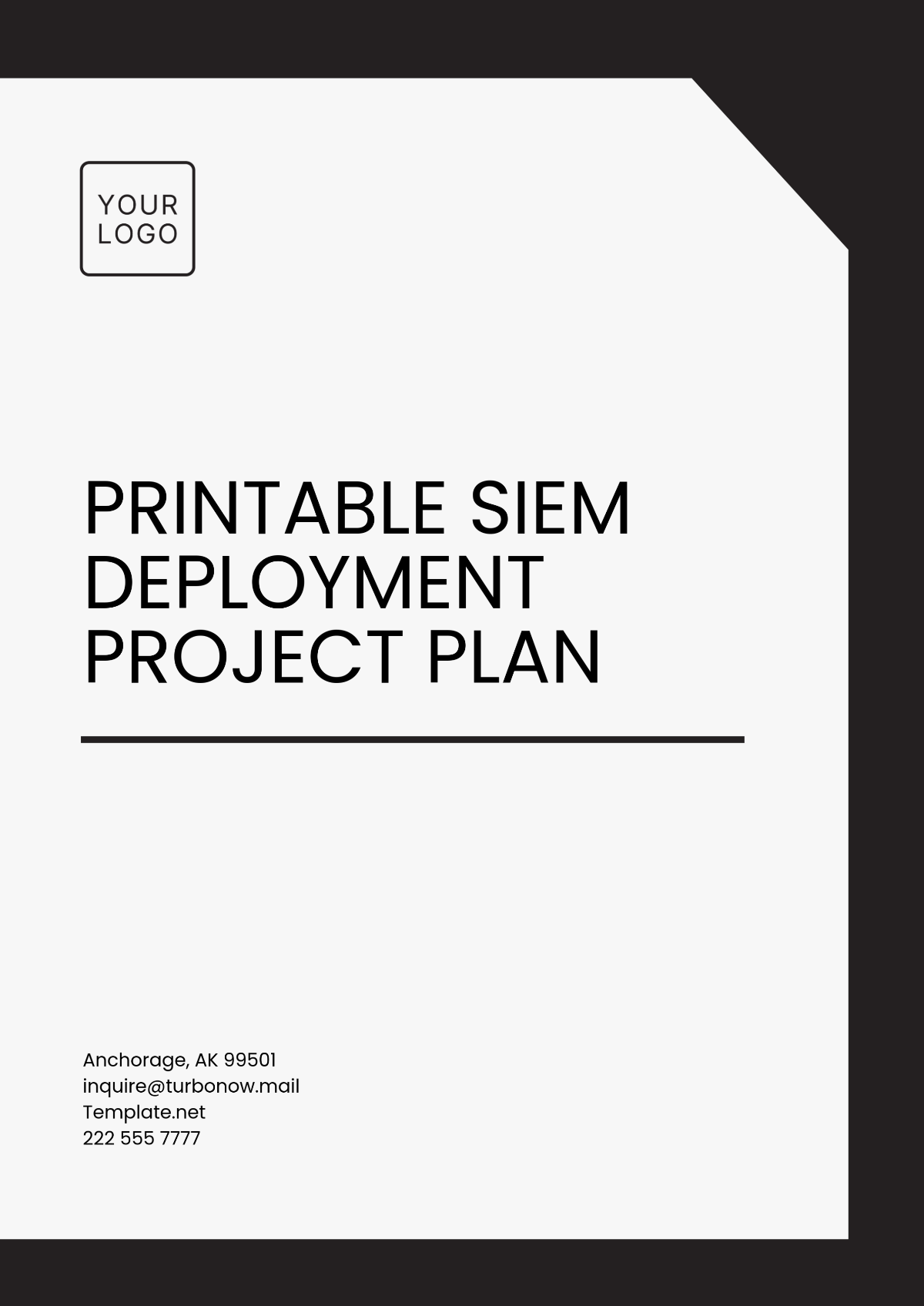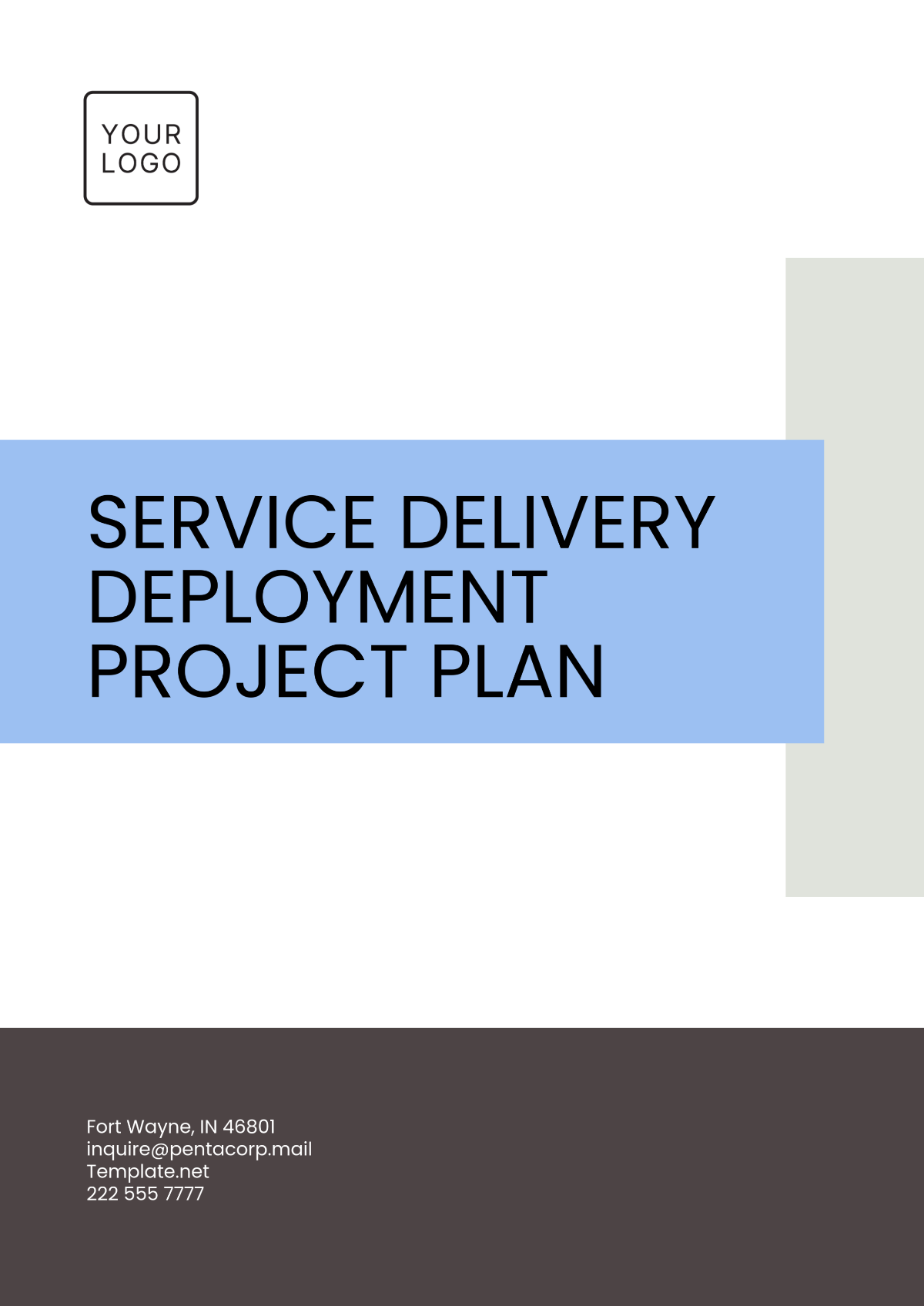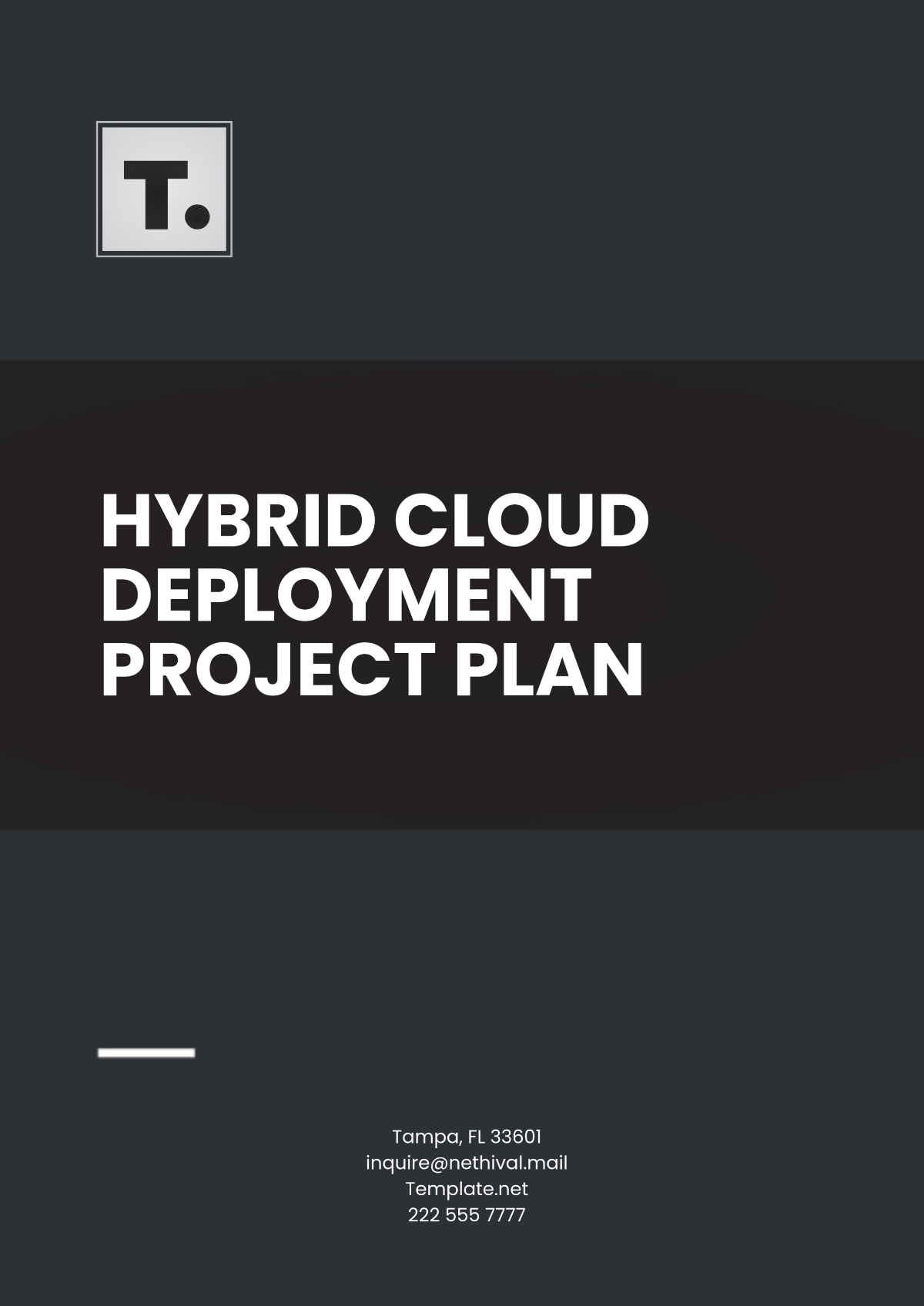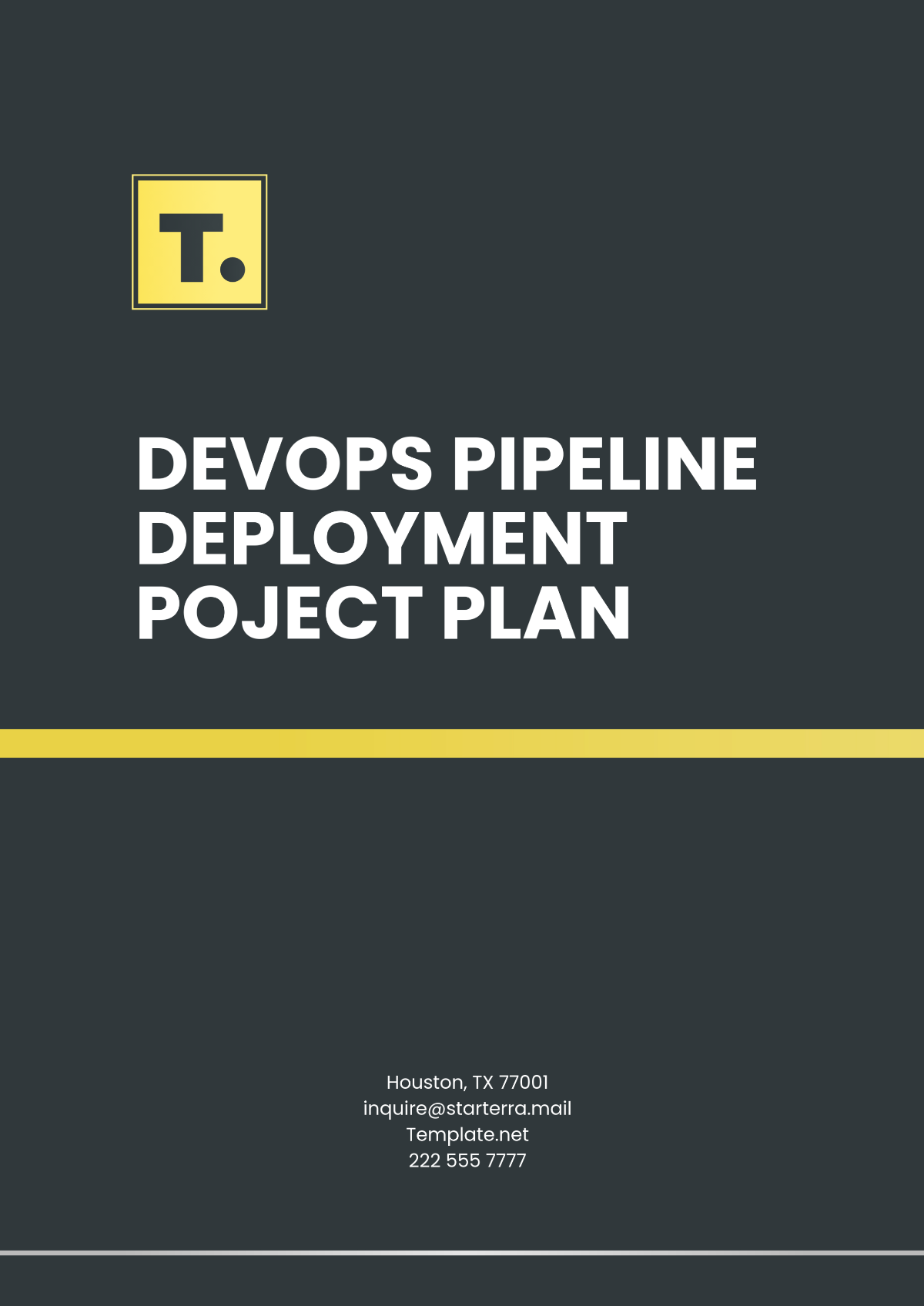Simple Agile Project Plan
Project Manager: | [Your Name] |
Company: | [Your Company Name] |
Department: | [Your Department] |
Date: | [Date] |
I. Introduction
The objective of this project plan is to outline a structured yet flexible approach to managing an Agile project. This document provides detailed sections that cover the scope, resources, timeline, and methodology to ensure successful project delivery. Our Agile methodology focuses on iterative development, collaboration, and adaptability to change.
II. Project Scope
The project aims to develop a software application that meets the needs of end-users while ensuring quality and timely delivery. The scope of the project includes:
Requirements gathering and analysis
Design and development of the application
Testing and quality assurance
Deployment and maintenance
Inclusions
The project will include all essential phases from planning through to maintenance. Key deliverables are strictly defined as part of this scope statement:
Software requirements specification
Functional design documentation
Test plans and test cases
Source code and compiled application
Deployment documentation
Exclusions
To maintain focus and ensure scope clarity, the following are excluded:
Development of associated hardware components
Non-core feature development
Non-standard integrations
III. Project Timeline
The project timeline is structured around two-week sprints, with each sprint encompassing various stages from planning to review. The following table outlines the general plan over 6 months:
Month | Milestone | Deliverables |
|---|---|---|
Month 1 | Sprint planning & initial development | Basic prototypes, initial user stories |
Month 2 | Iterative development & feedback | Feature implementation, feedback integration |
Month 3 | Mid-point review & adjustments | Revised user stories, mid-project evaluations |
Month 4 | Advanced development & QA | Completed features, QA reports |
Month 5 | Pre-launch audit & fixes | Bug fixes, final QA checks |
Month 6 | Deployment & project closure | Live application, project closure documentation |
IV. Agile Methodology
Framework
Our project will utilize the Scrum framework, which is characterized by its focus on delivering incremental value through carefully planned iterations called sprints.
Roles and Responsibilities
Each member of the Agile team has distinct roles and responsibilities to ensure the seamless execution of the project. The main roles include:
Product Owner: Responsible for defining the user stories and prioritizing the backlog.
Scrum Master: Ensures the process is followed, and facilitates sprint planning and retrospectives.
Development Team: Cross-functional group of professionals responsible for delivering shippable increments of the product.
Meetings and Artifacts
Key ceremonies and artifacts include:
Sprint Planning: Sets the goals for the upcoming sprint.
Daily Stand-up: Brief, daily updates on progress and roadblocks.
Sprint Review: Demonstration of completed work and gathering feedback.
Sprint Retrospective: Reflects on the past sprint to identify improvements.
Product Backlog: An ordered list of work to be done.
Sprint Backlog: Specific tasks selected for the sprint.
Increment: Usable end-product aligned with the Definition of Done.
V. Resource Management
Team Composition
The project team will consist of multidisciplinary experts to cover all necessary areas of the software development lifecycle:
Project Manager
Software Developers
Quality Assurance Specialists
UI/UX Designers
Business Analysts
Tools and Technologies
Utilizing the right tools is crucial for the success of an Agile project. The following tools will support various project phases:
JIRA for issue and project tracking
Slack for team communication
GitHub for version control and collaboration
Confluence for documentation
Jenkins for continuous integration and delivery
VI. Risk Management
Proactively identifying and managing potential risks can significantly improve the chances of project success. Key risk management strategies include:
Regular risk assessment meetings
Pilot testing phases
Dedicated risk management team member
Potential issue logs and remediation plans
VII. Conclusion
This Agile project plan provides a comprehensive framework to ensure efficient progress and successful delivery of the software application. By adhering to Agile principles and employing iterative and flexible approaches, the project team aims to deliver high-quality results that meet the needs and expectations of stakeholders.

